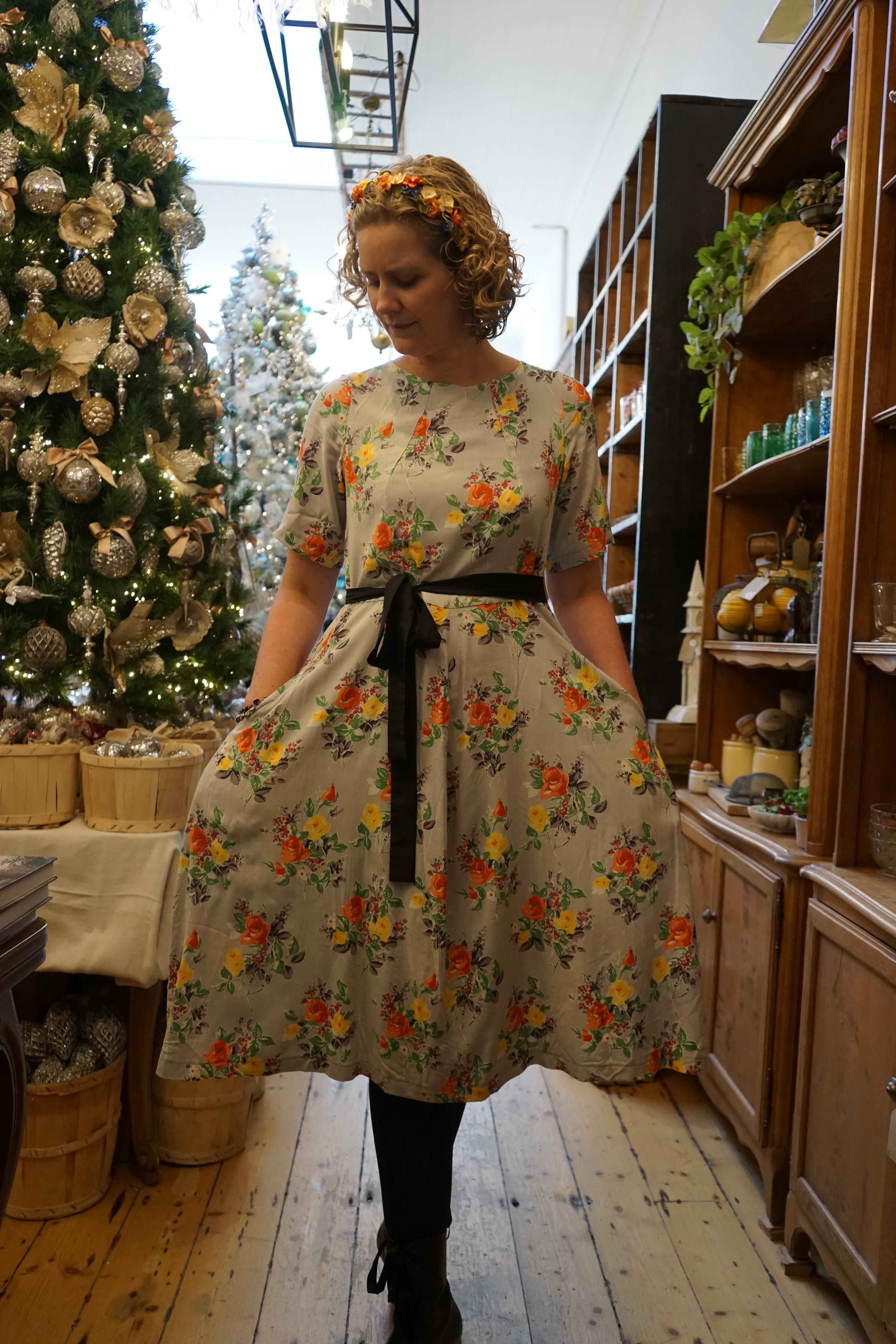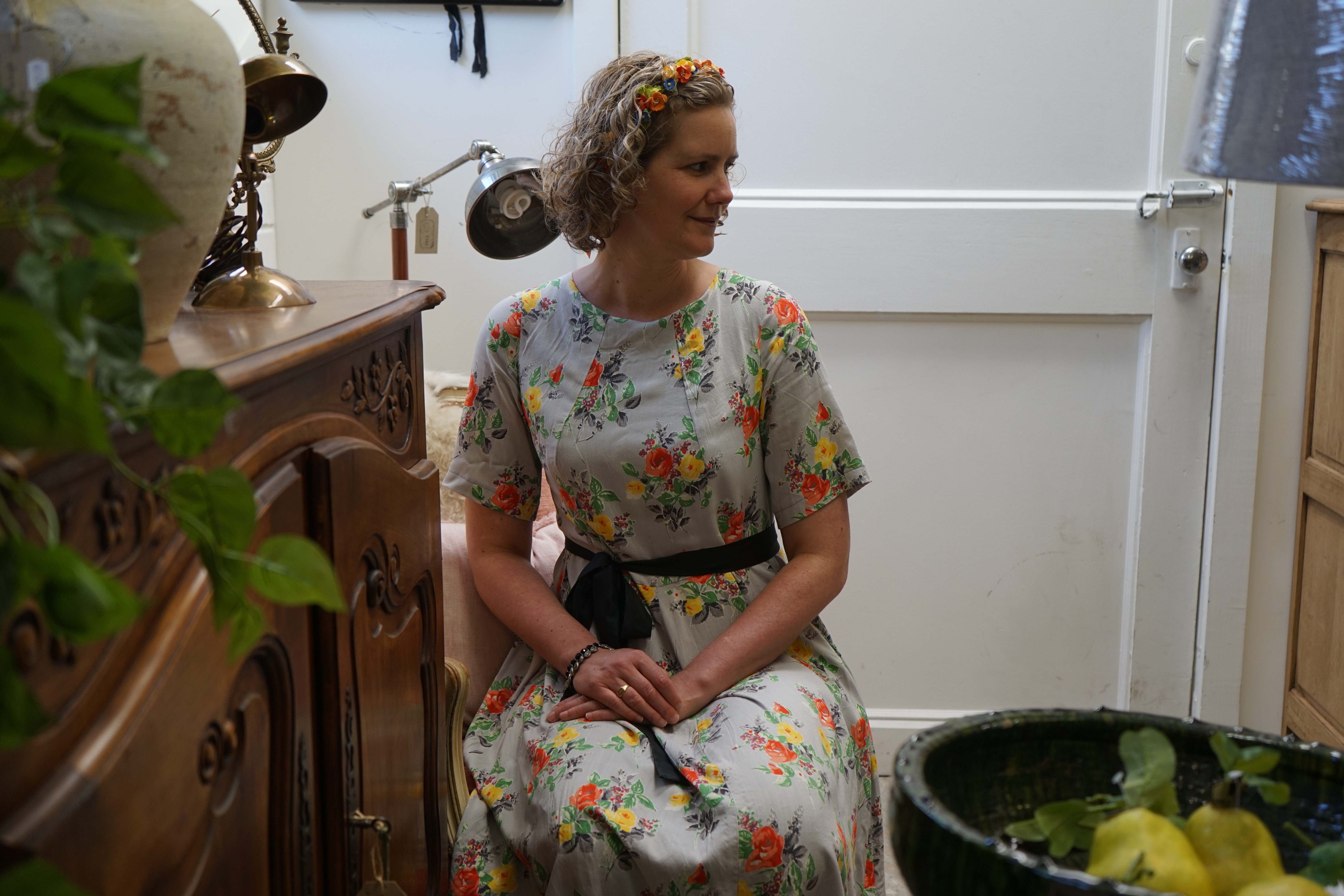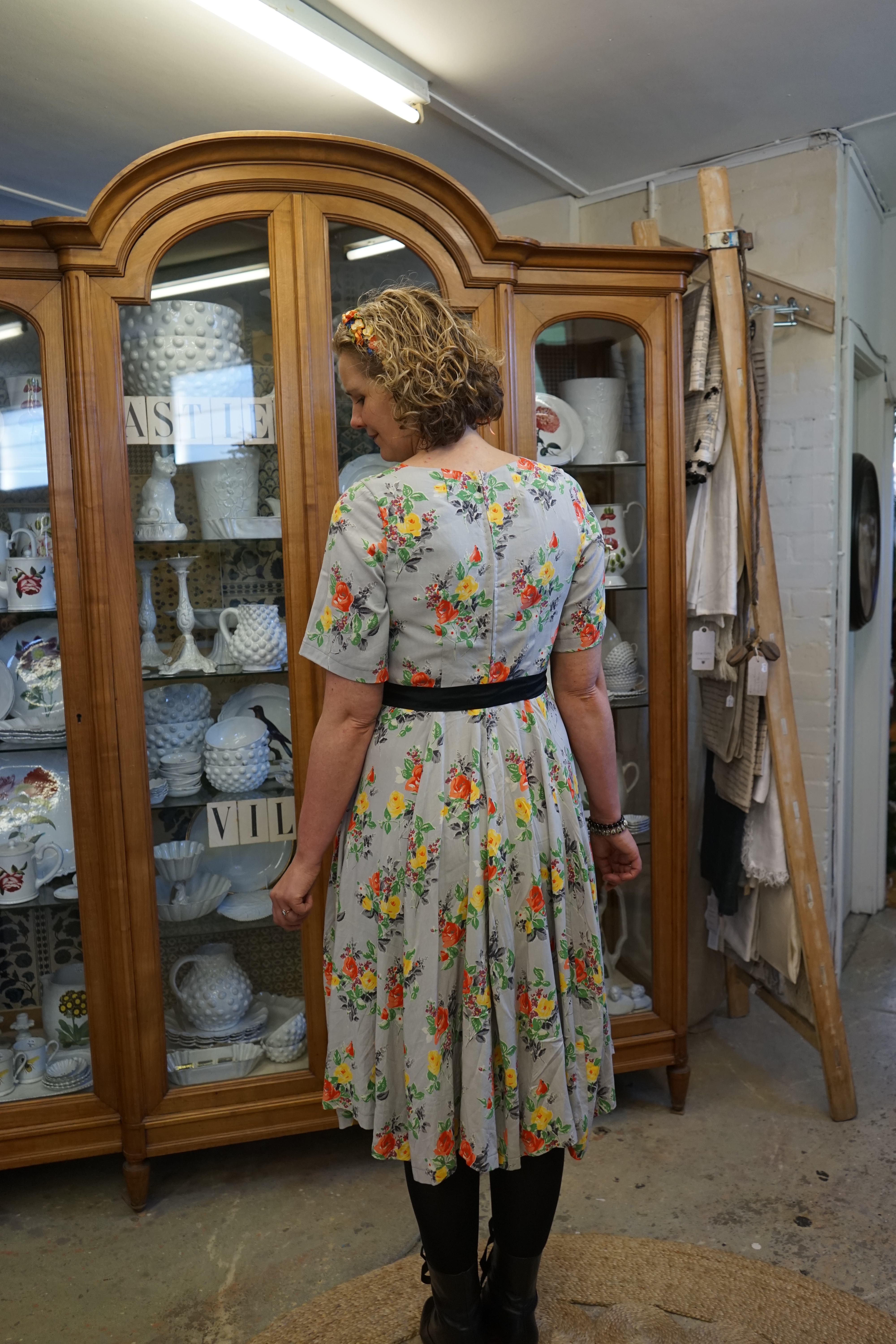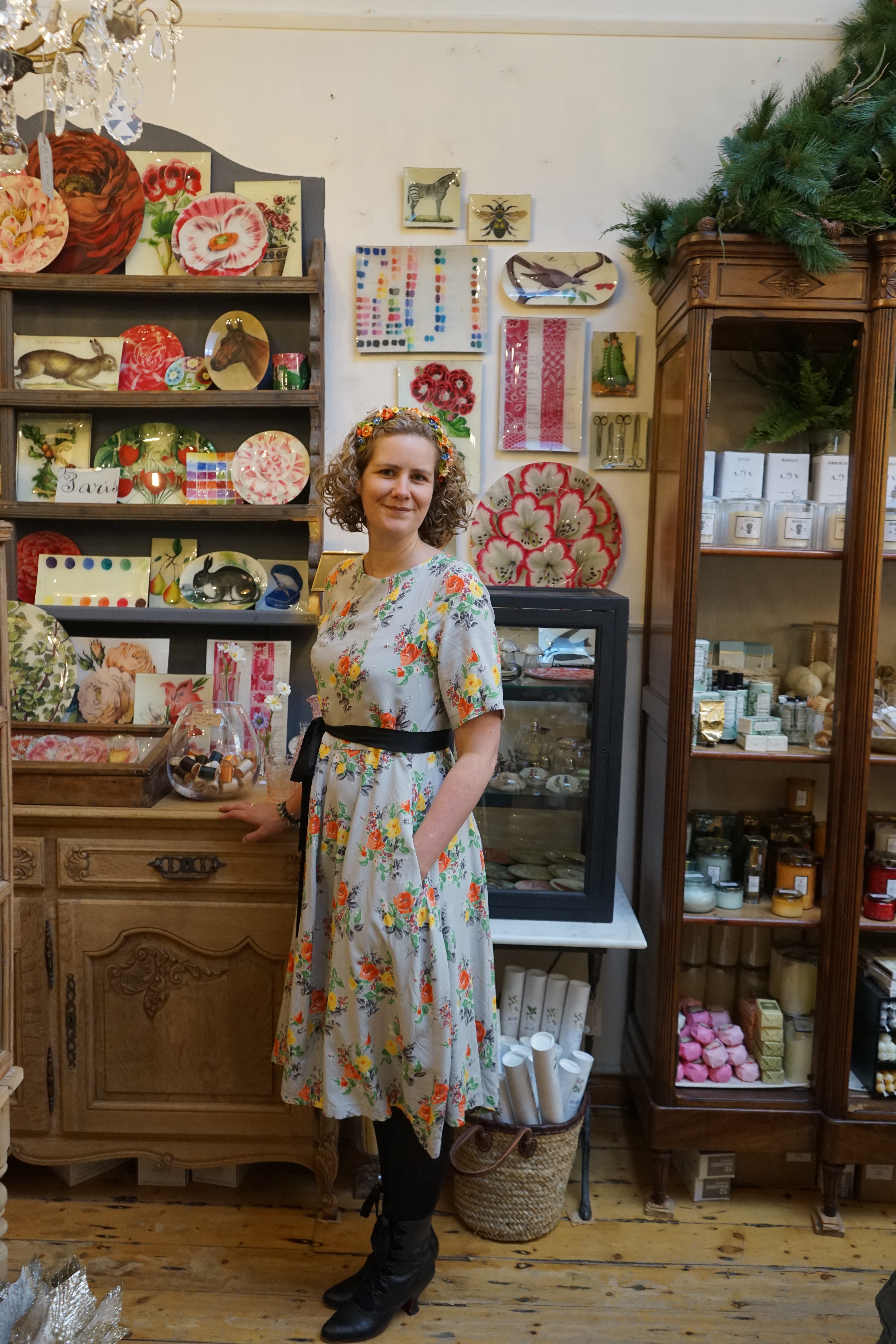
Who knew I was a fan of the shirt dress? Not I until I recently made a purchase from the mothership at Liberty of London. I purchased a long sleeve Tana Lawn shirt below knee shirt dress and fell so in love that I promptly purchased a second one. Interesting for a seamstress I know! So I set about the challenge of finding/making a pattern to replicate the dress.
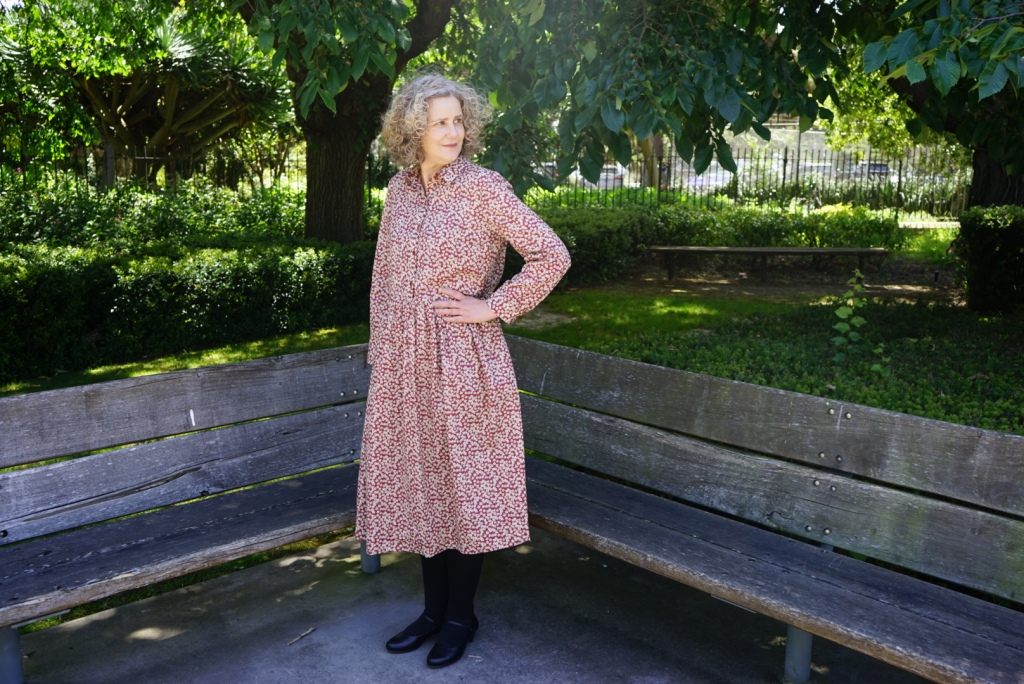
I put the call out to Instagram for patterns and got some great recommendations for shirt dresses but the closest one I felt to what I was wanting to achieve was Tilly and the Buttons Lyra dress as suggested by @sarahsewing. It had the collar and stand, button placket down the front and the skirt which could be lengthened. So it was a great starting block for my Liberty dress.

I started with a size 6 based on my body measurements and the finished measurements of the garment. This is a shirt dress that has a significant amount of ease which is exactly what I was looking for. And of course I used Mitsi Valeria Liberty Tana Lawn from the Strawberry Thief for my Toile. I used 5 meters and this included fabric for 1 pair of Charlotte Knickers by Measure Twice and a matching self drafted head scarf.

I knew I wanted a yoke on the back bodice so I created one by measuring 14cm down from the side shoulder seam and drawing a straight line across the bodice from side to centre back. I then added an inch to the lower back bodice fold line to create a pleat. When I traced these two pattern pieces off I added 1.5cm seam allowances to the new seam lines I had created.
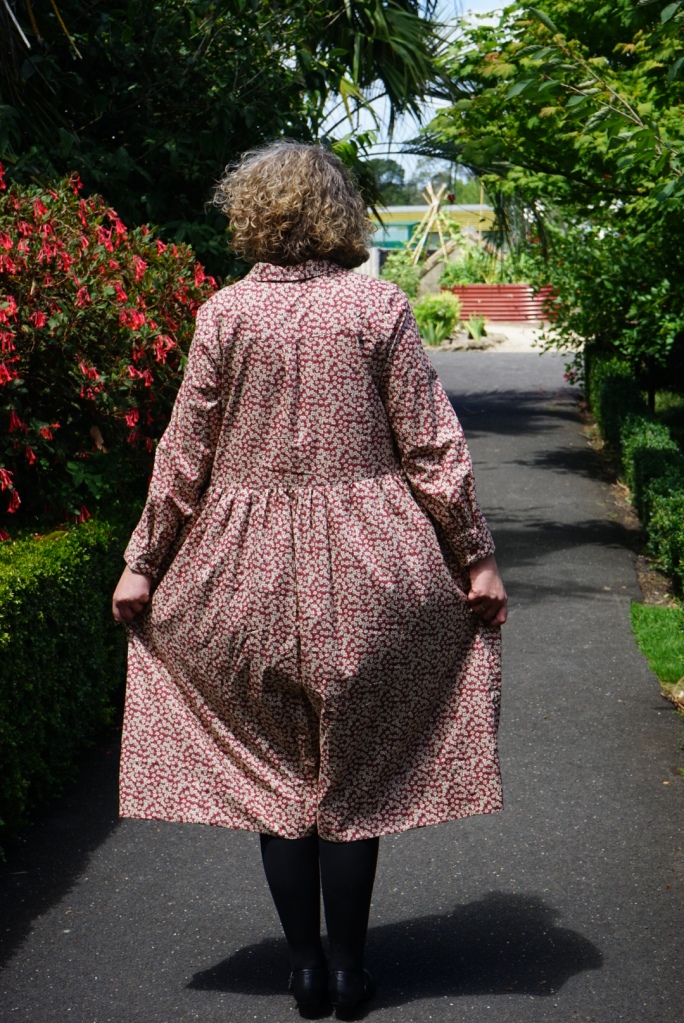
For the the bodice I added 4cm to the length.

With the sleeves I knew I wanted cuffs so I used the Archer shirt sleeve to redraft the sleeve side seam and create the cuff keeping the original head of the Lyra sleeve. I used the size 16 sleeve and was able to draft a new sleeve with a cuff and placket. I added about 1-2cm of length (the Archer is already a very long sleeve) and whilst this is probably already just long enough I think next time I’ll add another couple of cm’s of length just because “sewing tall”.
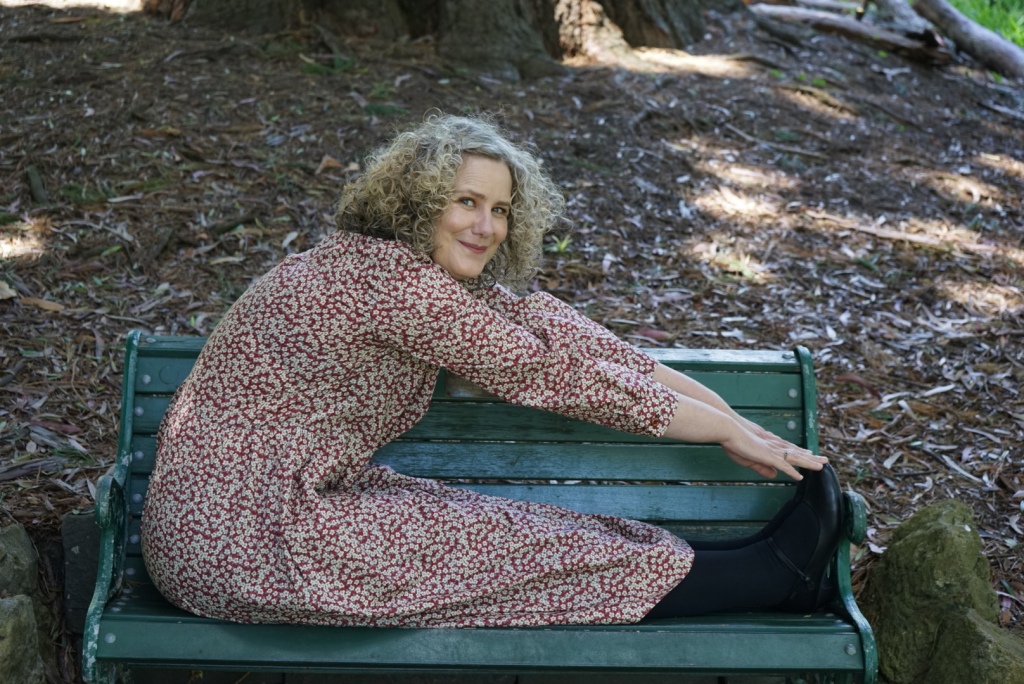
I added 22.5cm length to the skirt to give me the same length as the original Liberty dress and ensured I had enough to give it a really deep hem. Folded 1cm then 8cm. Such luxury! I also added extra width to the skirt to a size 10cm to give it more gathers although I am thinking of removing some of it for my next version.
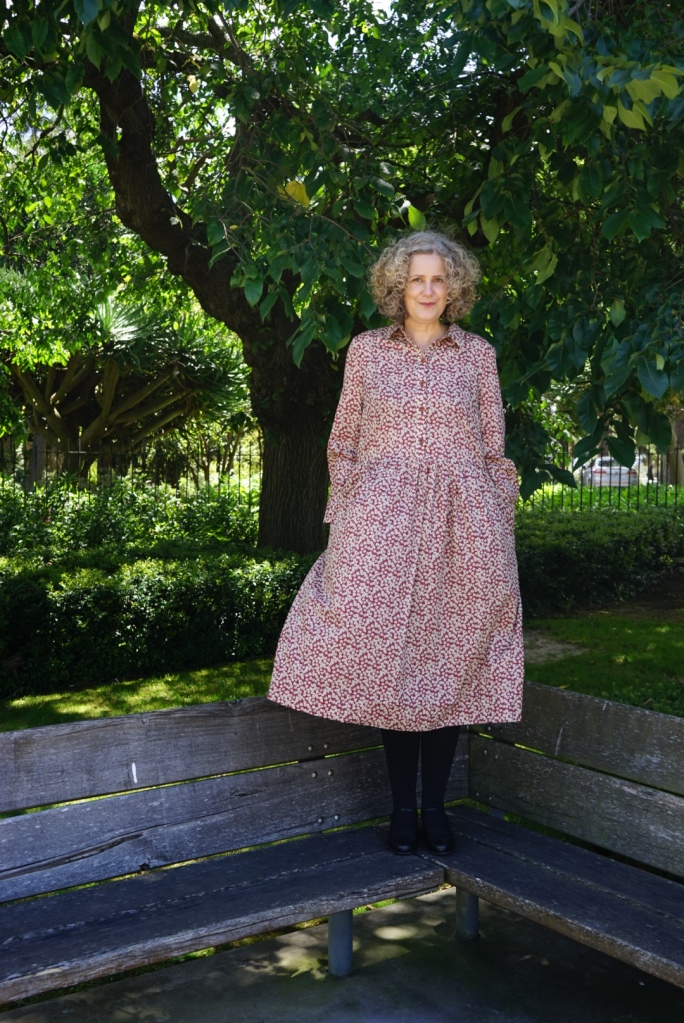
I ended up using 7 buttons, 5 for the front and 2 for the cuffs. I have some Arrow Mountain ones for my next version which I think I will be making for the Sew Melbourne Garden Party.

The thing that gave me the most grief was the collar and I have only myself to blame for not marking the notches. The collar stand didn’t come out evenly due to this so I’m not too happy with myself. Other than that, it looks fine if you are standing a couple of meters away!

So overall I’m really happy with this dress. The sleeves don’t have a tower placket but I can live with that. The cuff works and I think if I make the sleeve just a little bit longer I will be happy. The gathers on the skirt could be less but I can reduce that in my next version. My collar work is a bit shady but I can fix that with practice and by actually marking my notches and not going rogue. Plus, it has pockets! I see this as being an Autumn/Winter staple and having many more in my future!
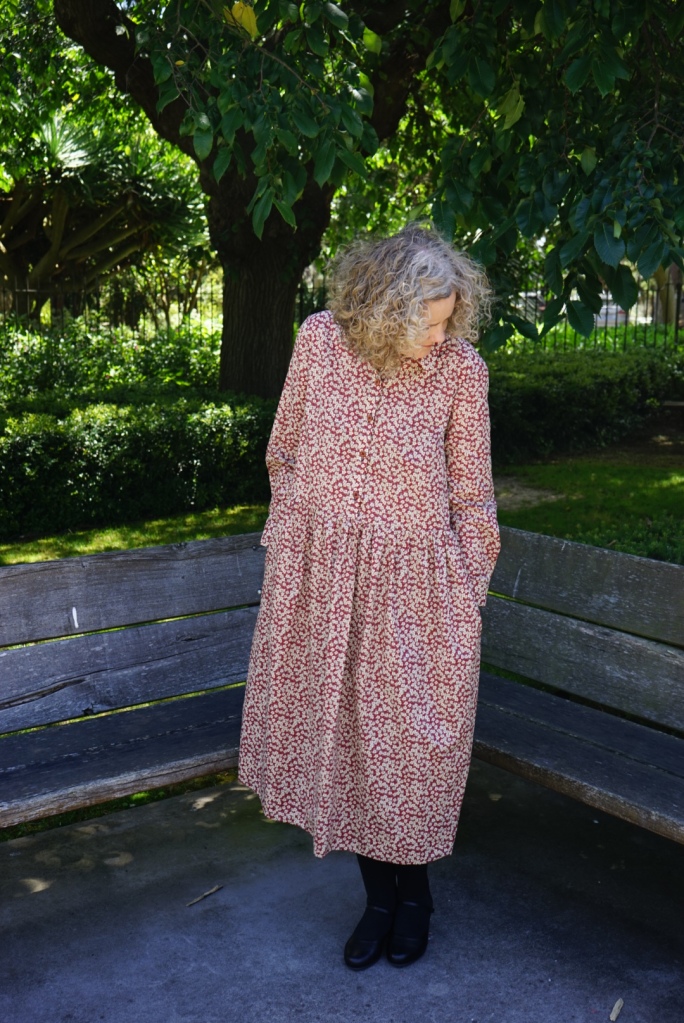
Curtsey
Pips xxx






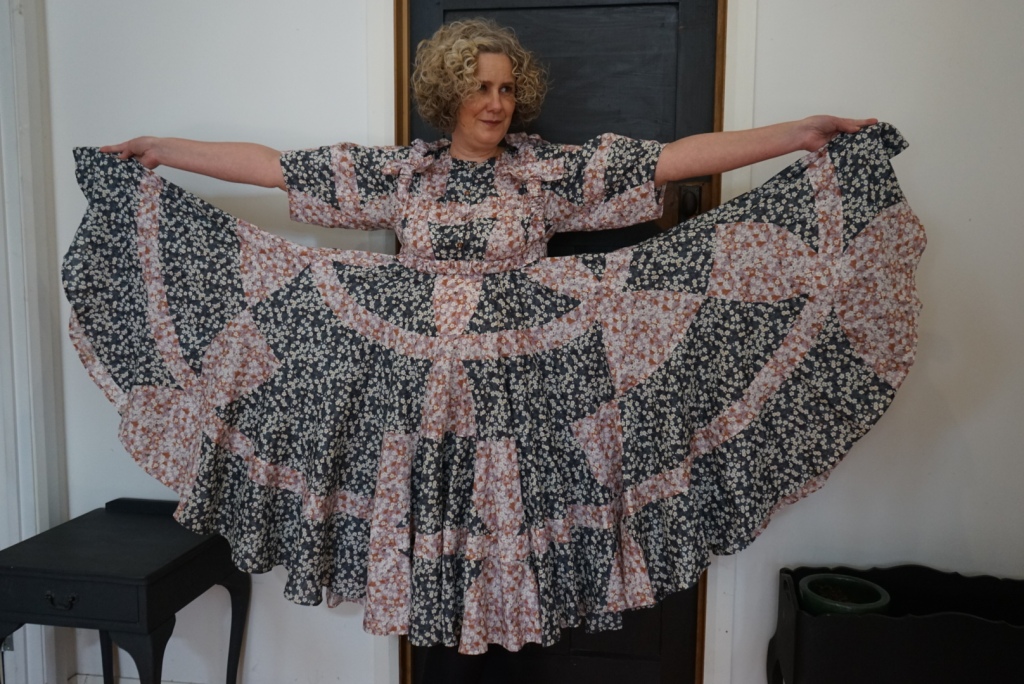



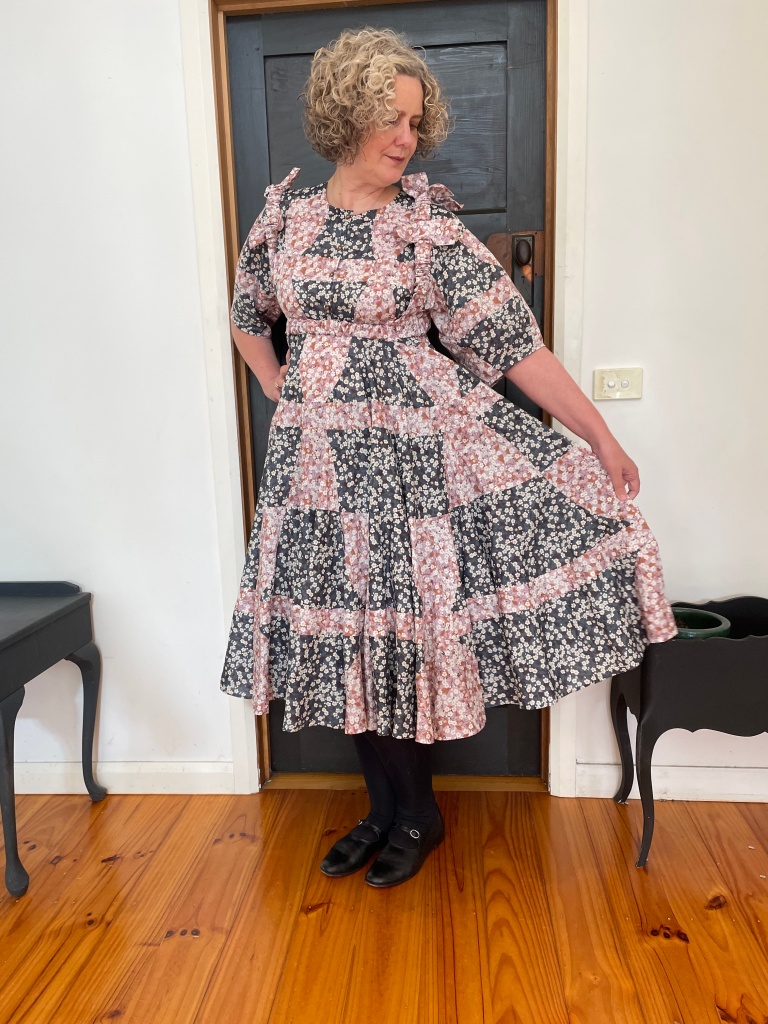



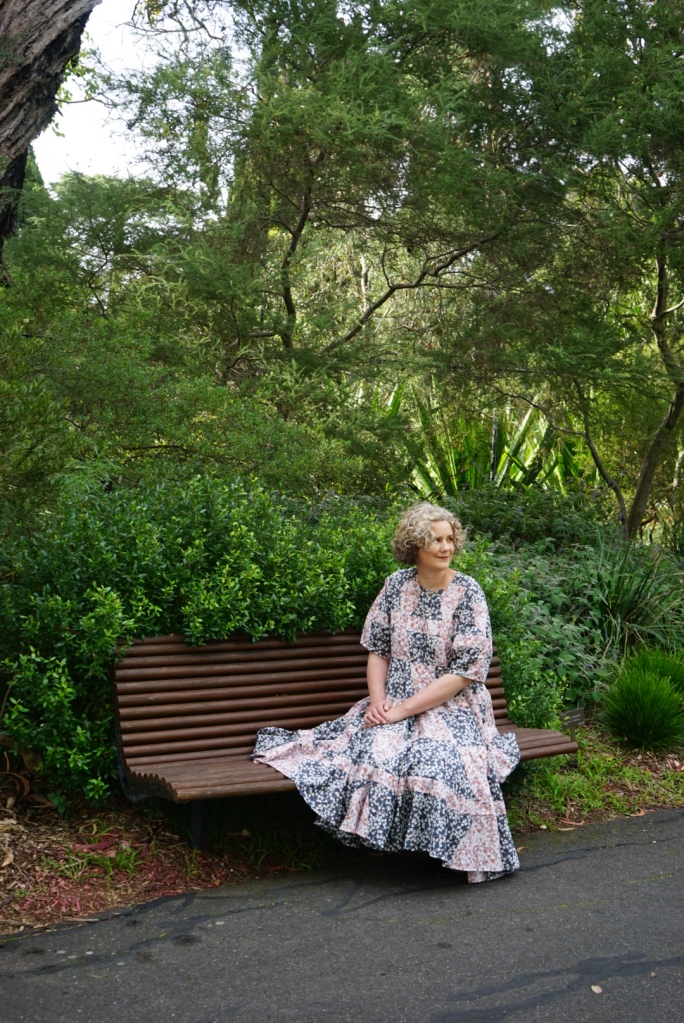
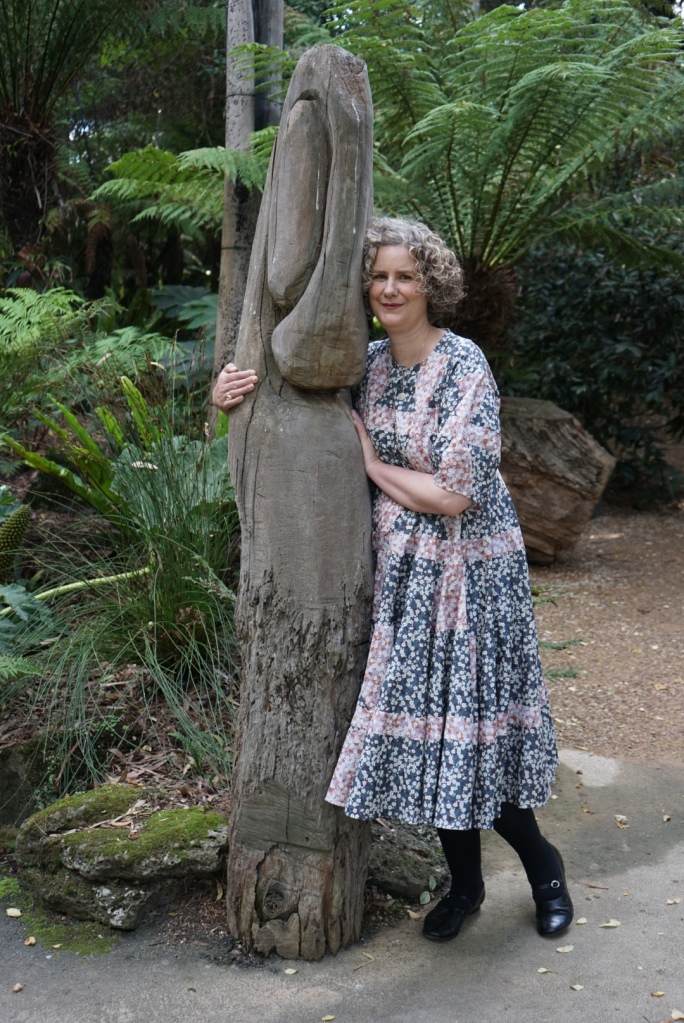


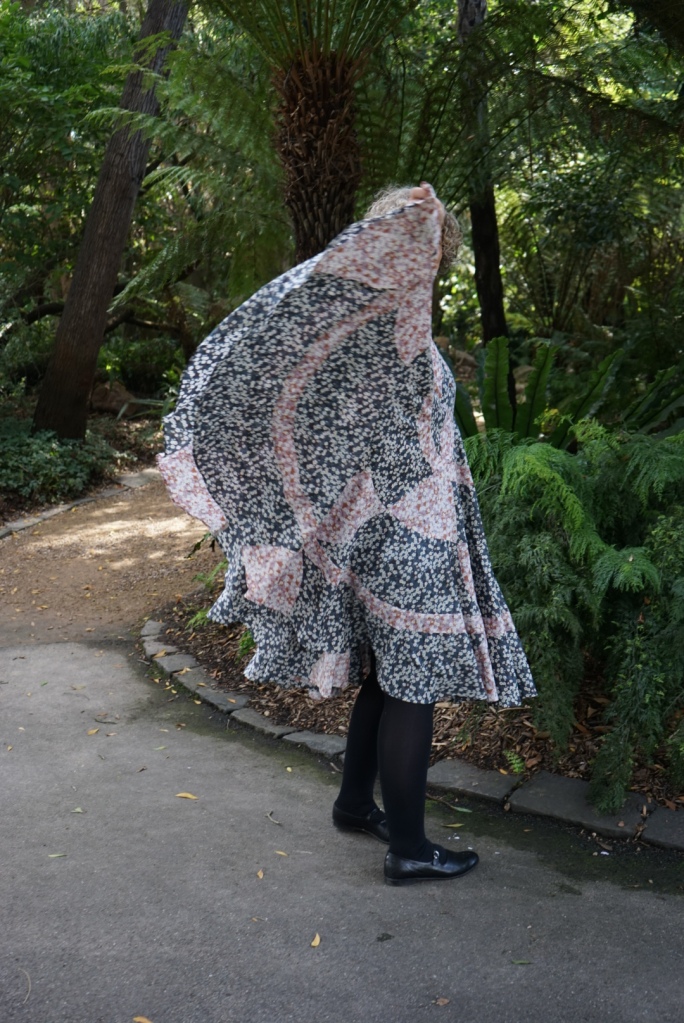
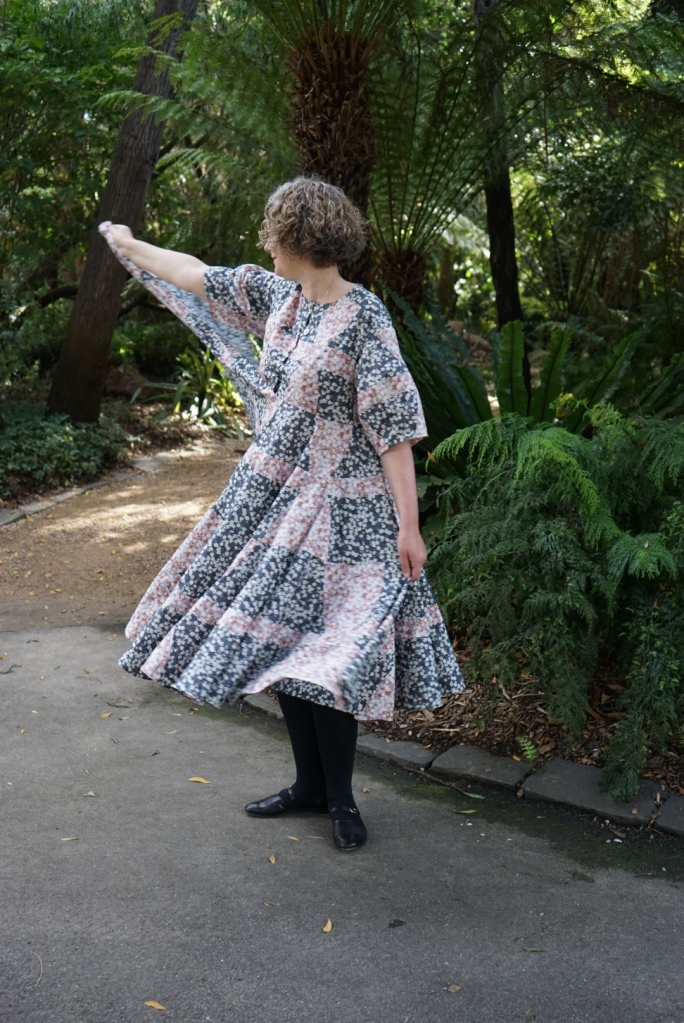

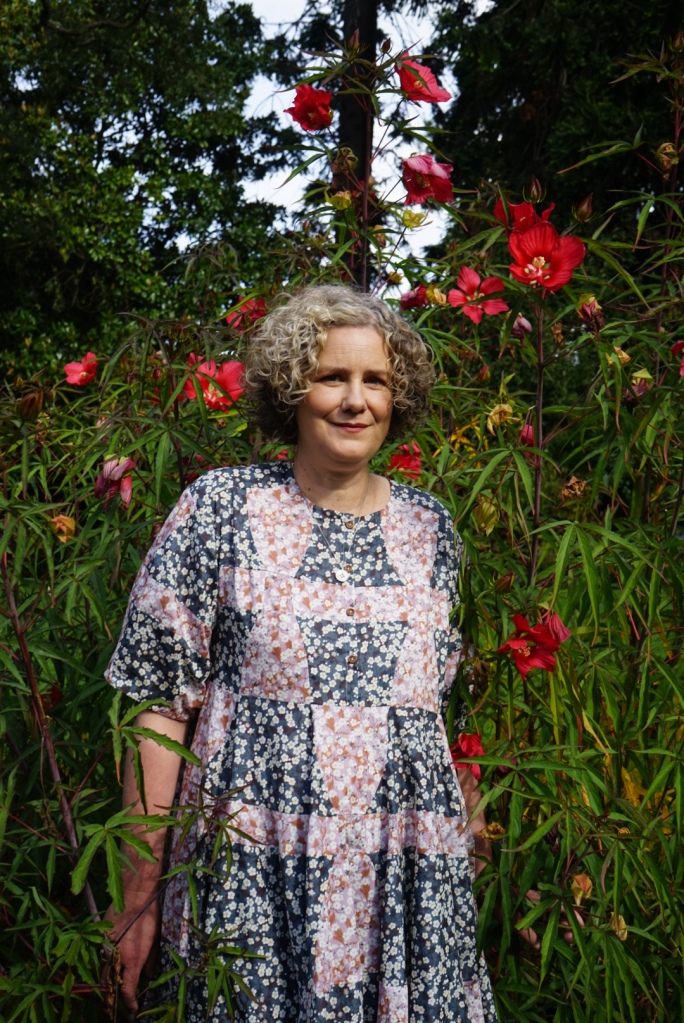
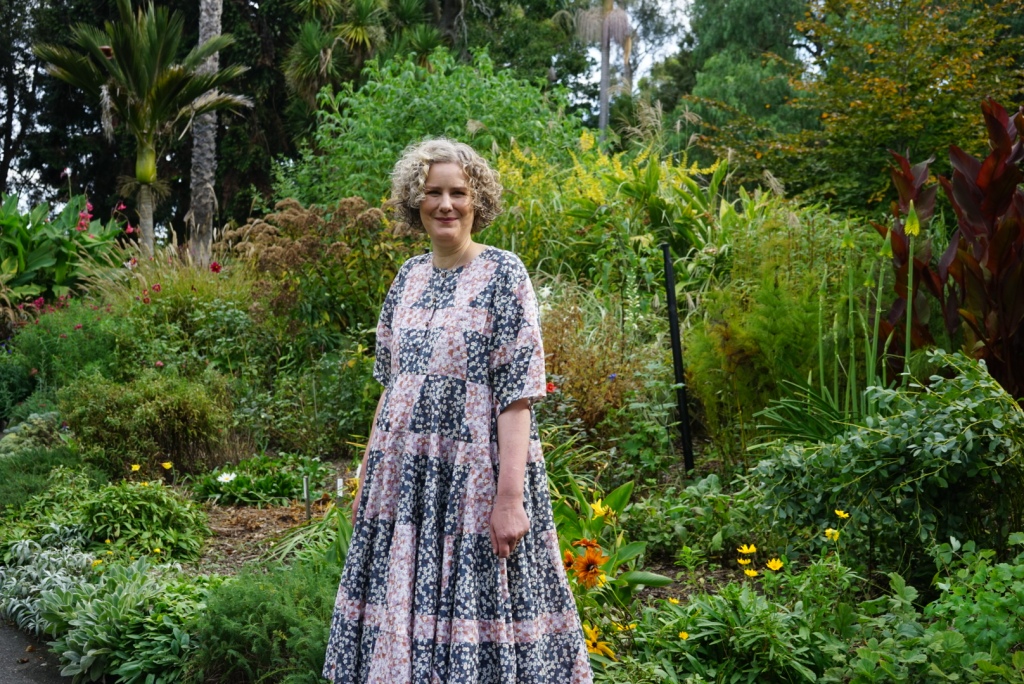
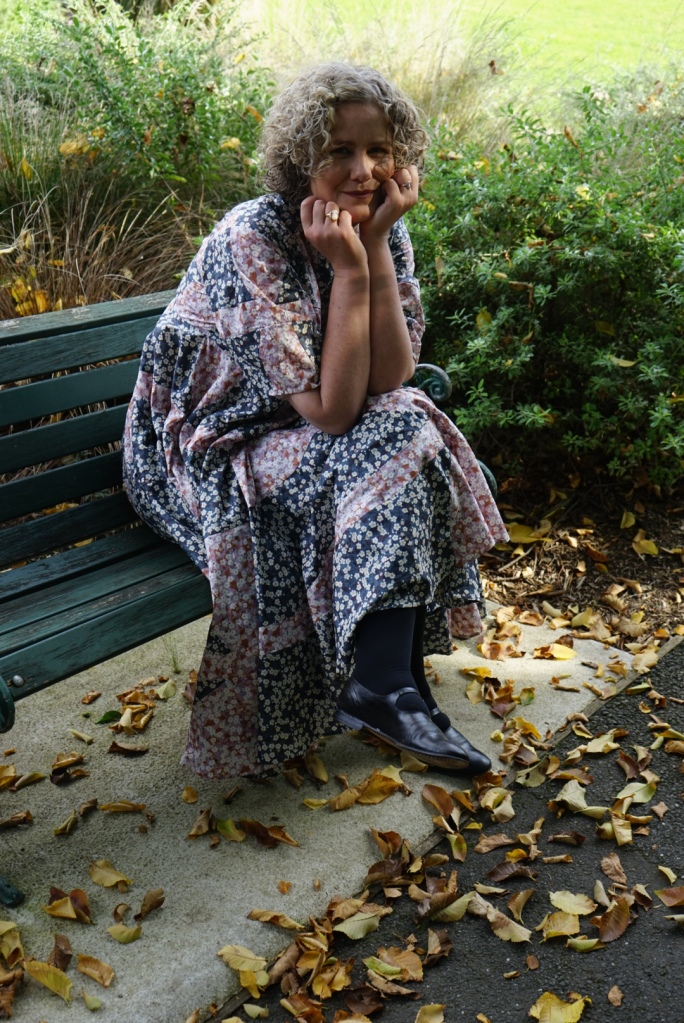


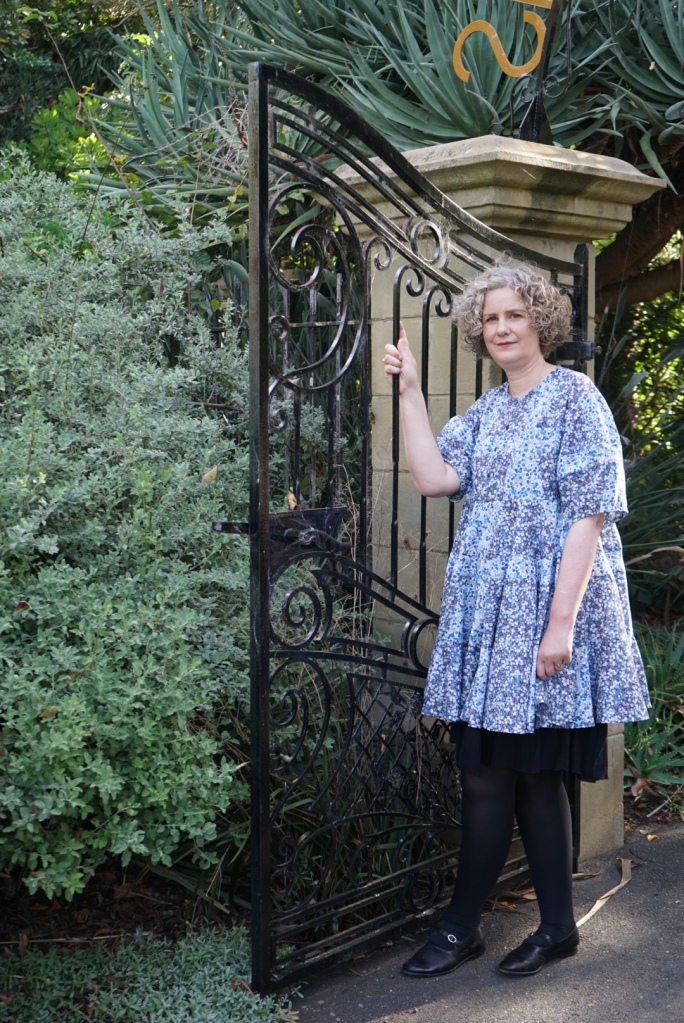




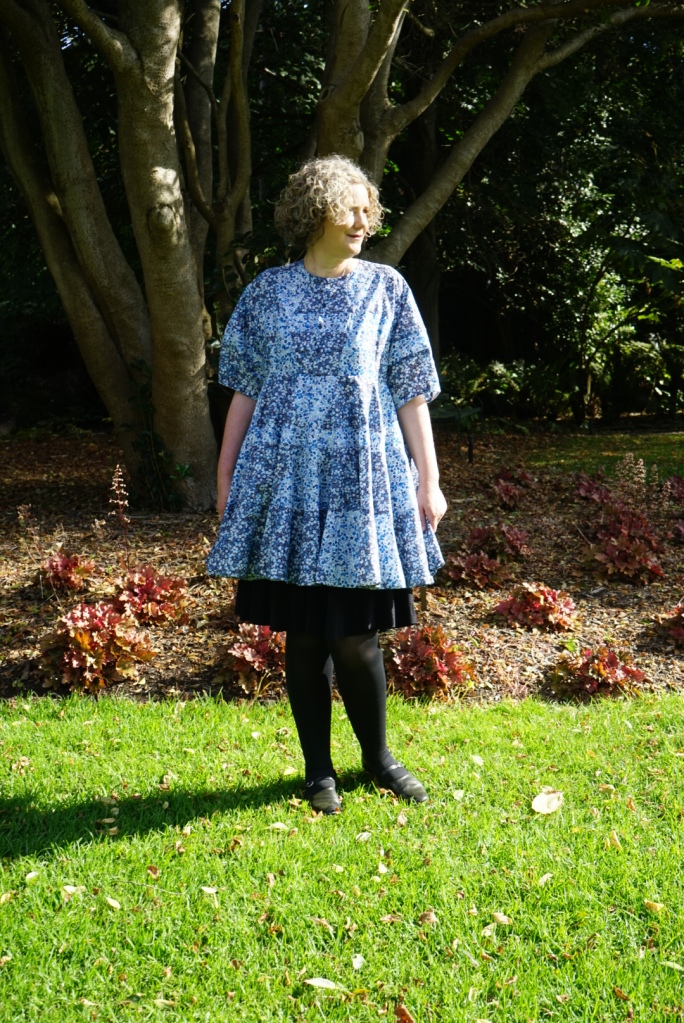



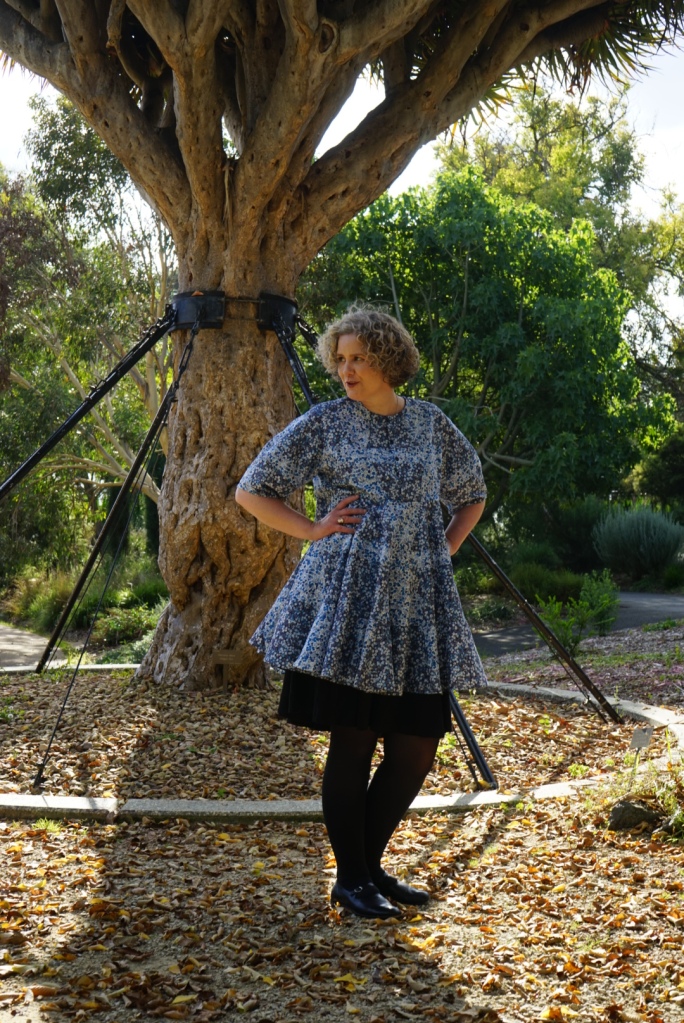
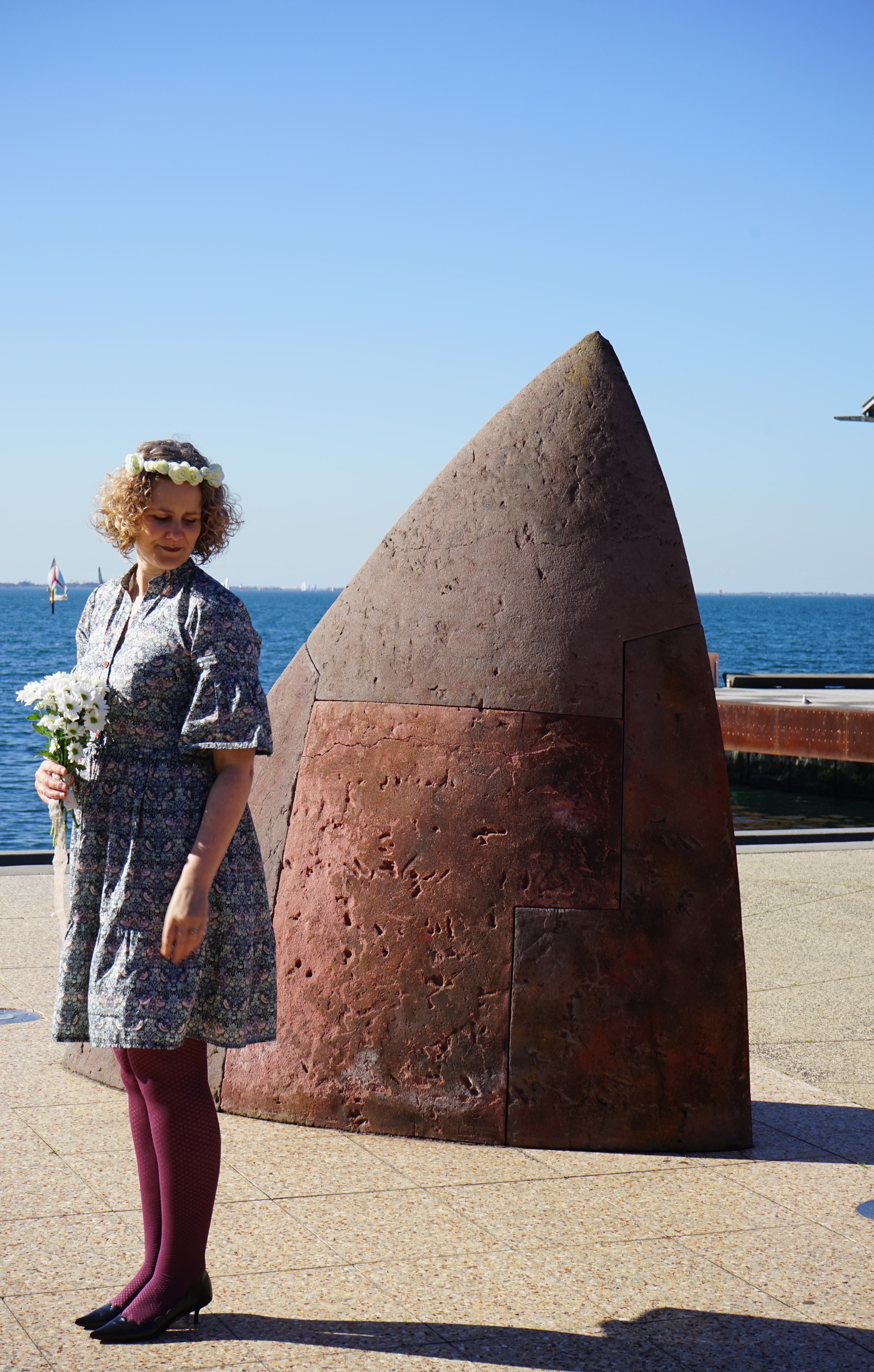




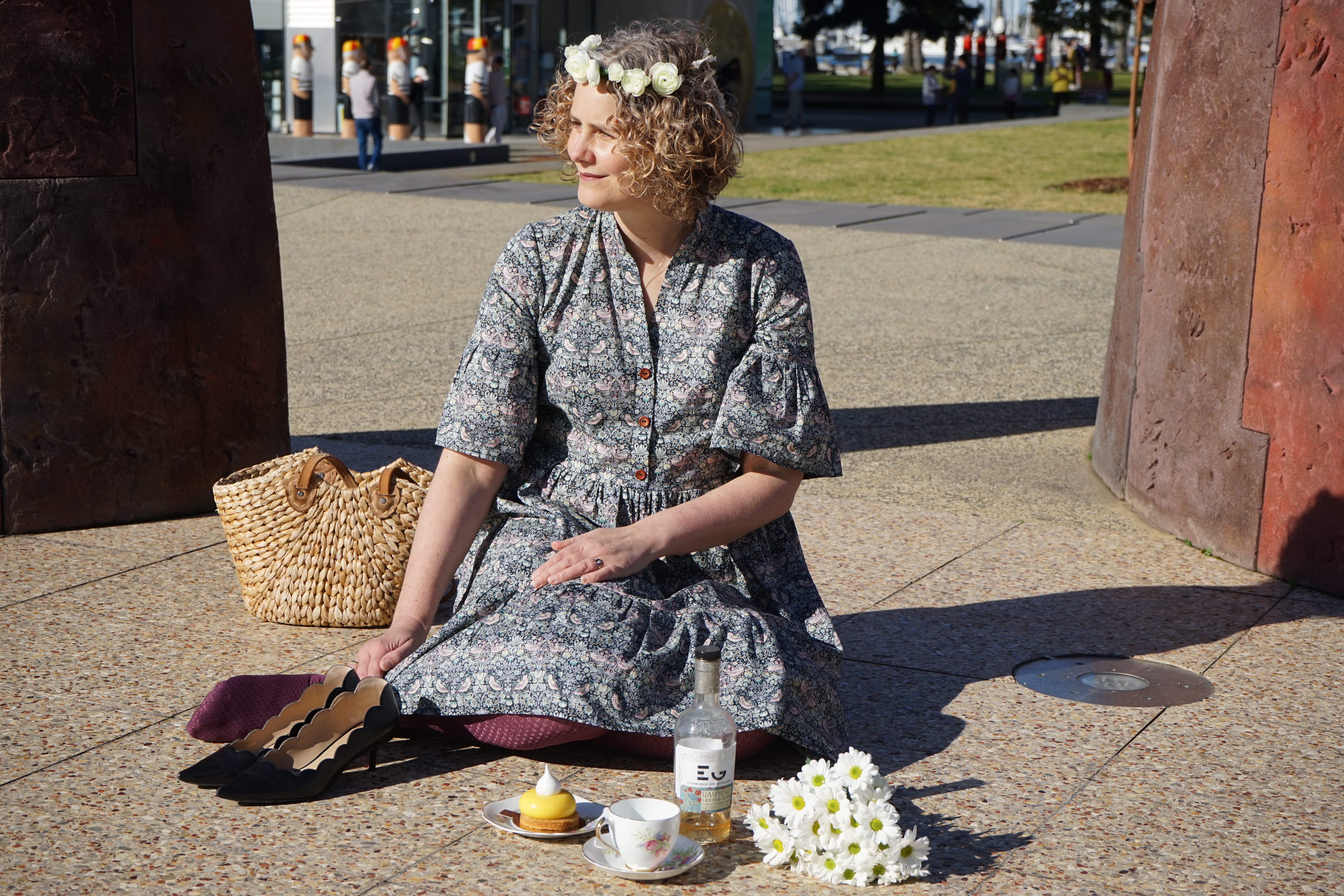
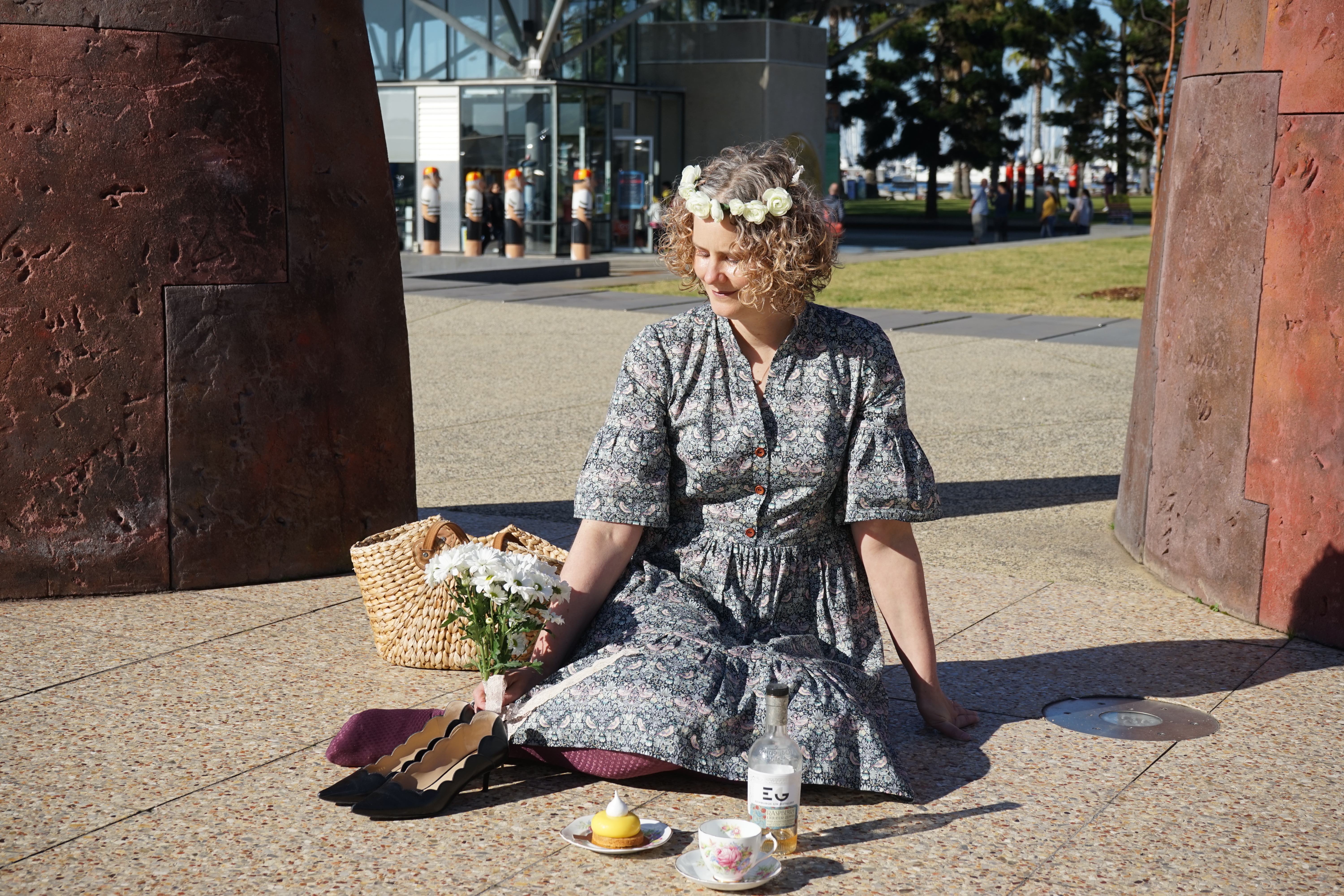








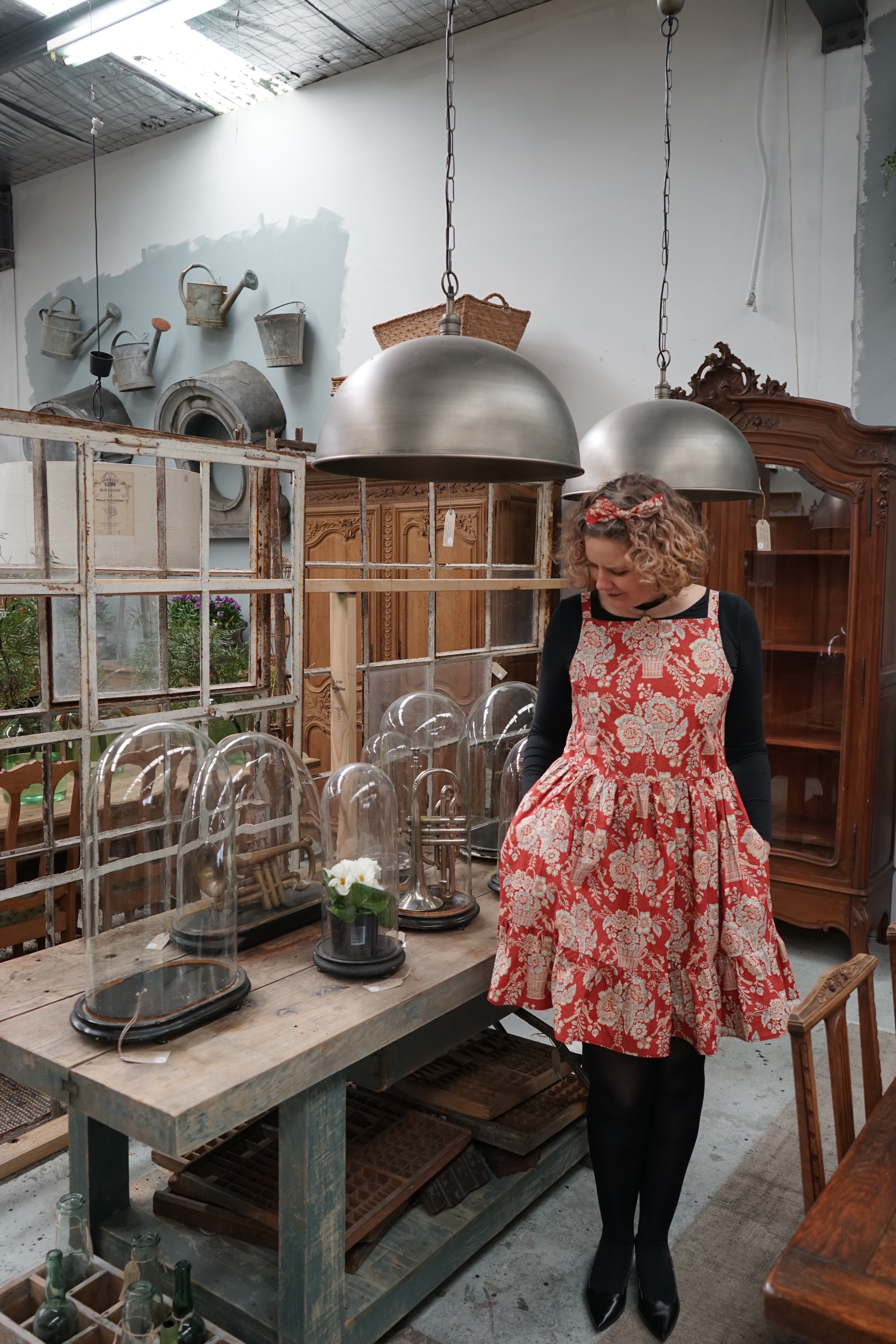




 Fulfilling my dreams of France at
Fulfilling my dreams of France at 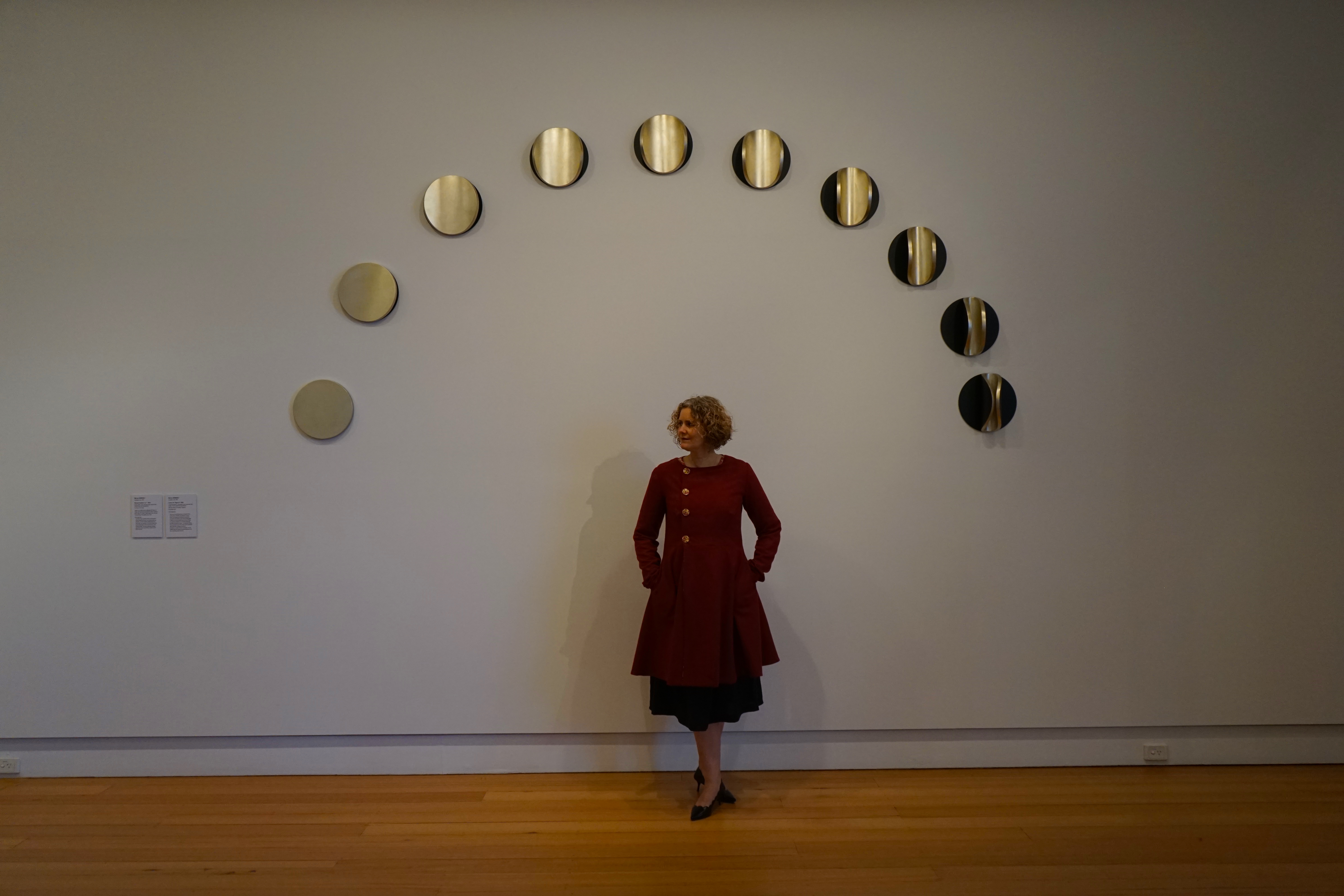 I found it really challenging this year to find a good coat pattern for this winter. I’ve grown out of my last Vogue pattern (thanks post menopausal squish, yet again). I can do up the buttons if I’m wearing just a tshirt underneath but anything else looks as though I’m straining the buttons which is not a good look. It’s been a great coat with a lovely full skirt attached but it’s always bugged me that the sleeves were too short (even when I had added 3 cm to the pattern) and the split at the cuff left me feeling that my elbows were exposed to the elements.#tallgirlproblems
I found it really challenging this year to find a good coat pattern for this winter. I’ve grown out of my last Vogue pattern (thanks post menopausal squish, yet again). I can do up the buttons if I’m wearing just a tshirt underneath but anything else looks as though I’m straining the buttons which is not a good look. It’s been a great coat with a lovely full skirt attached but it’s always bugged me that the sleeves were too short (even when I had added 3 cm to the pattern) and the split at the cuff left me feeling that my elbows were exposed to the elements.#tallgirlproblems
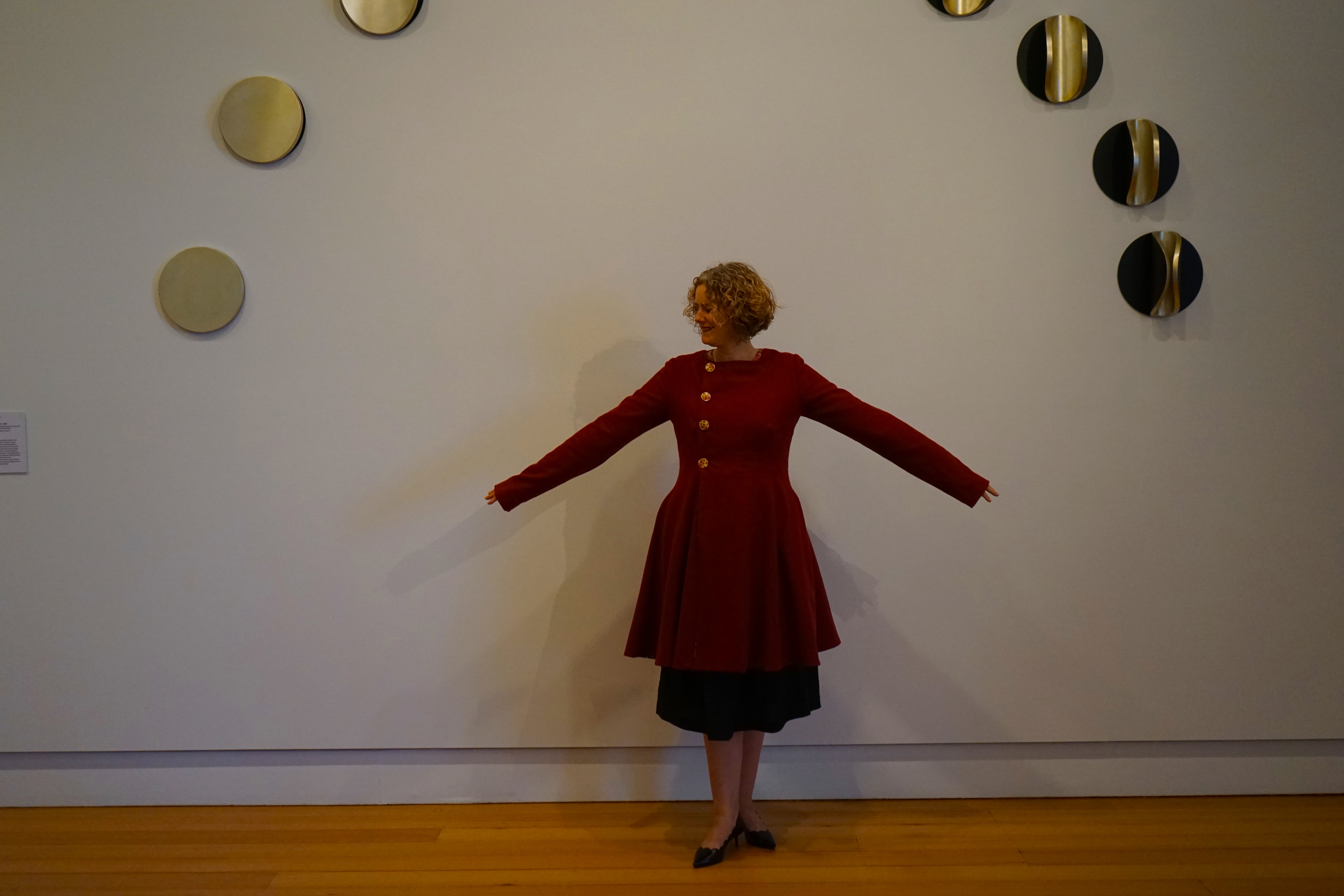





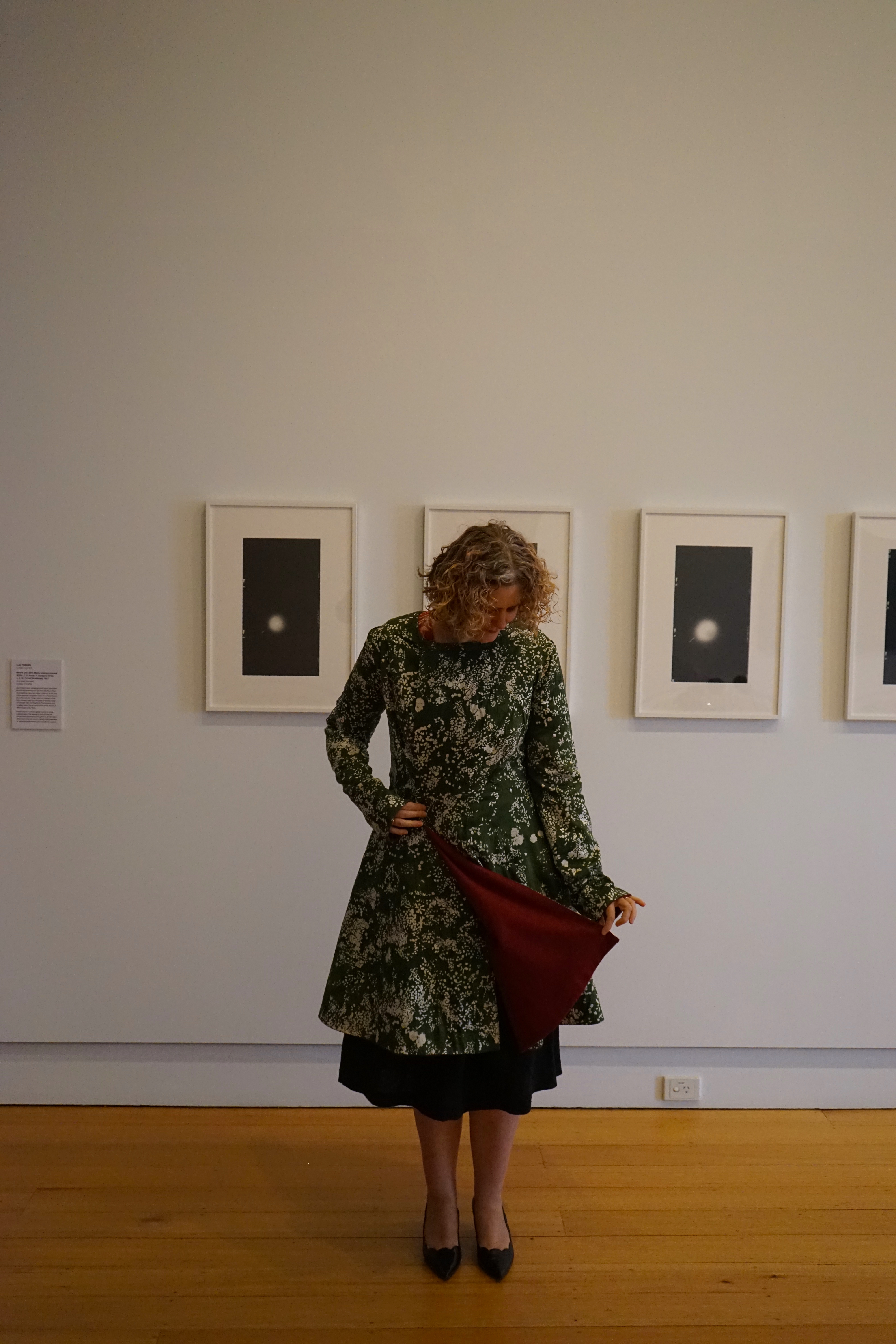
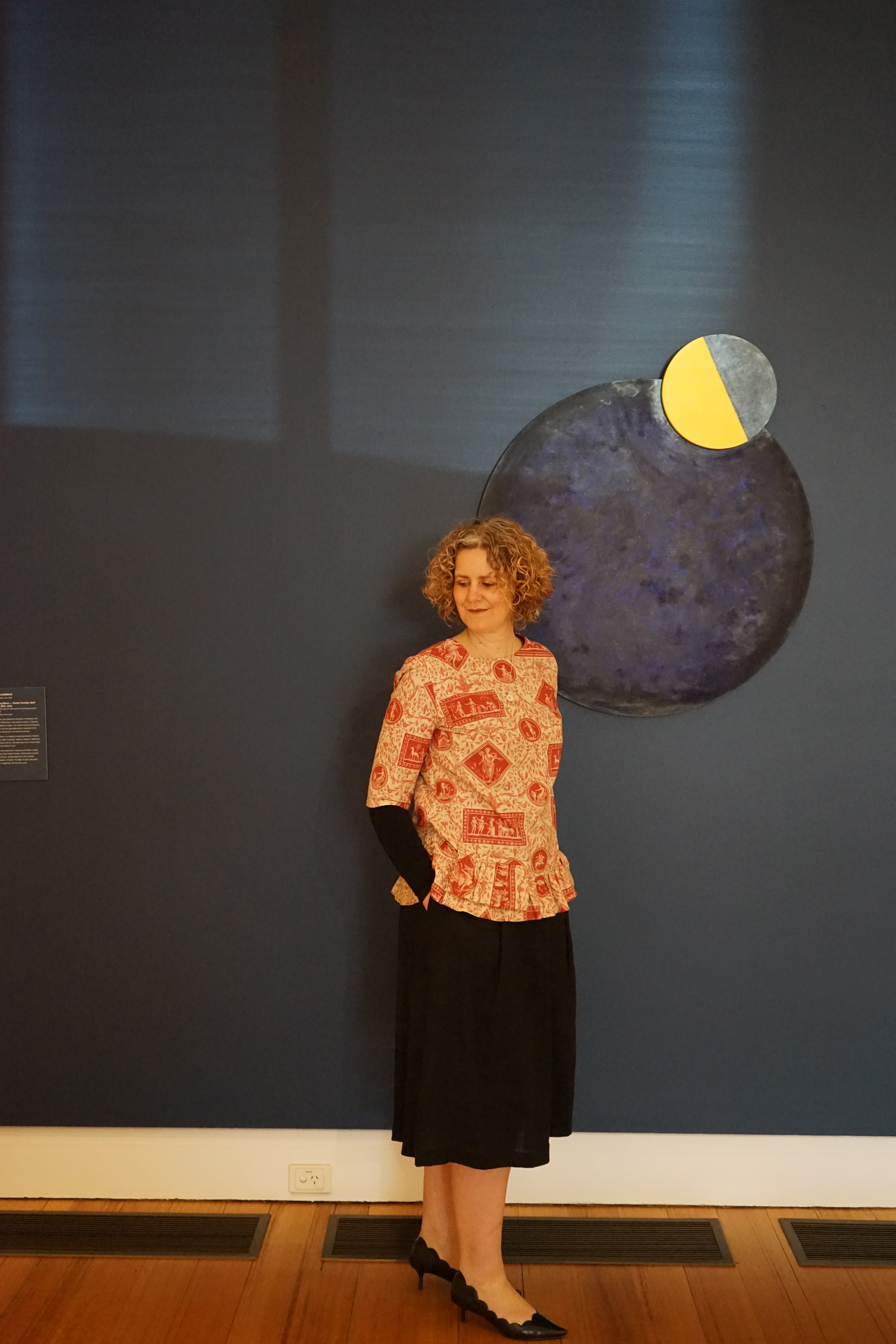
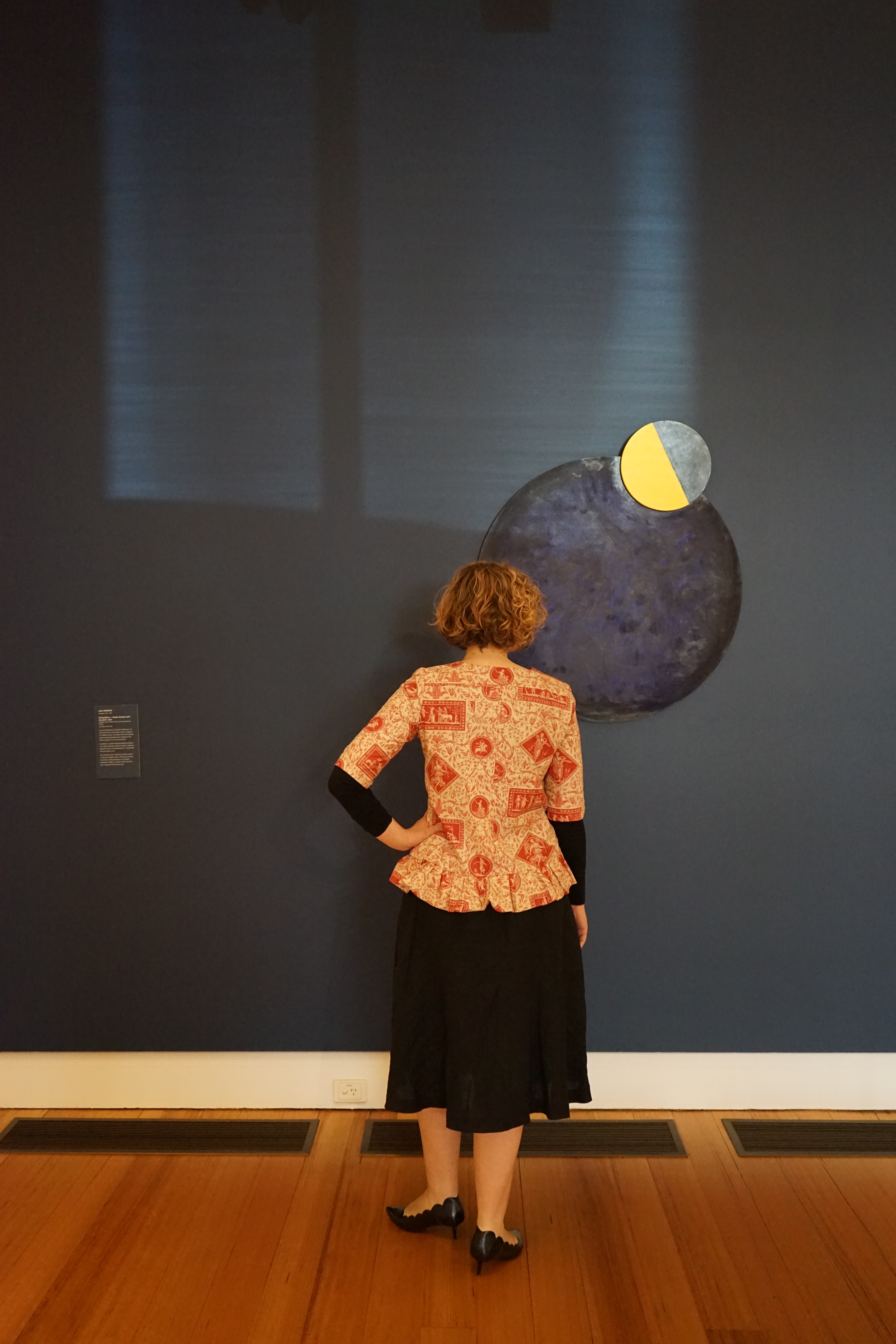
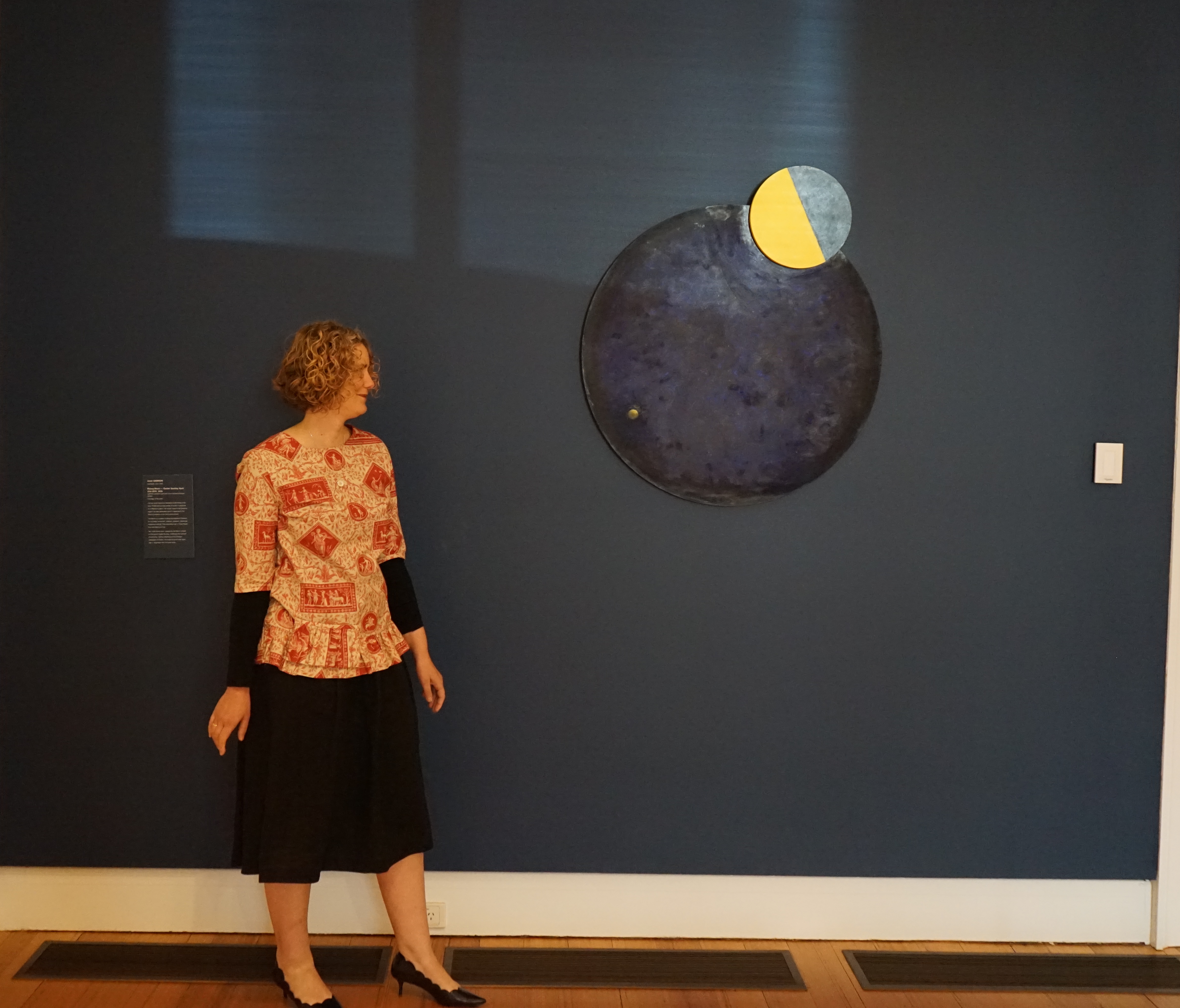
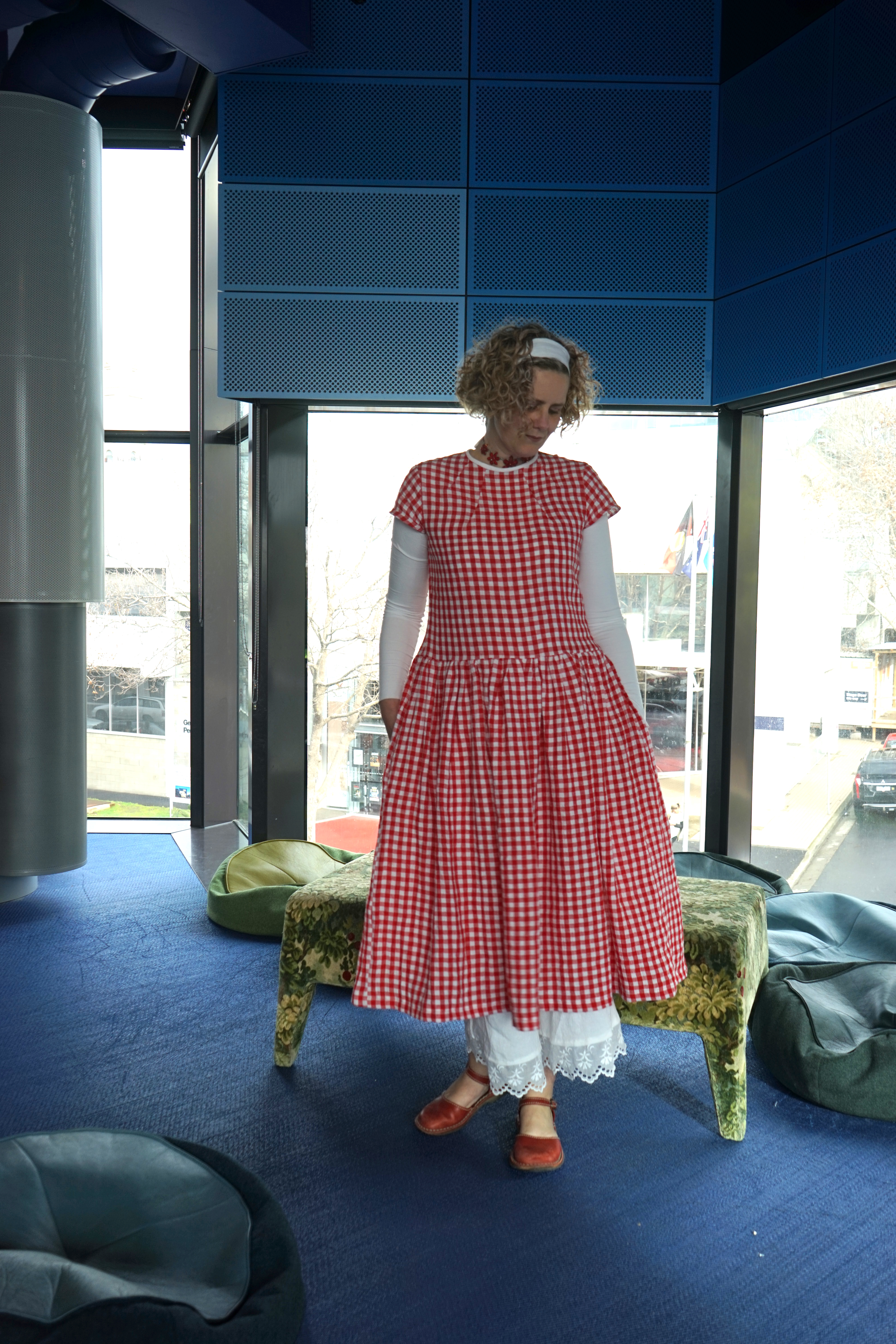 I’ve never really been drawn to gingham or checks but recently I find myself seeking out fabrics that are more geometrical than floral in flavour as I subtly shift my wardrobe style. I’ve seen a number of red checked dresses recently and knew I had to have one. What I didn’t know was how much I needed a pair of pantaloons to wear underneath. I remember getting to wear them once at
I’ve never really been drawn to gingham or checks but recently I find myself seeking out fabrics that are more geometrical than floral in flavour as I subtly shift my wardrobe style. I’ve seen a number of red checked dresses recently and knew I had to have one. What I didn’t know was how much I needed a pair of pantaloons to wear underneath. I remember getting to wear them once at 

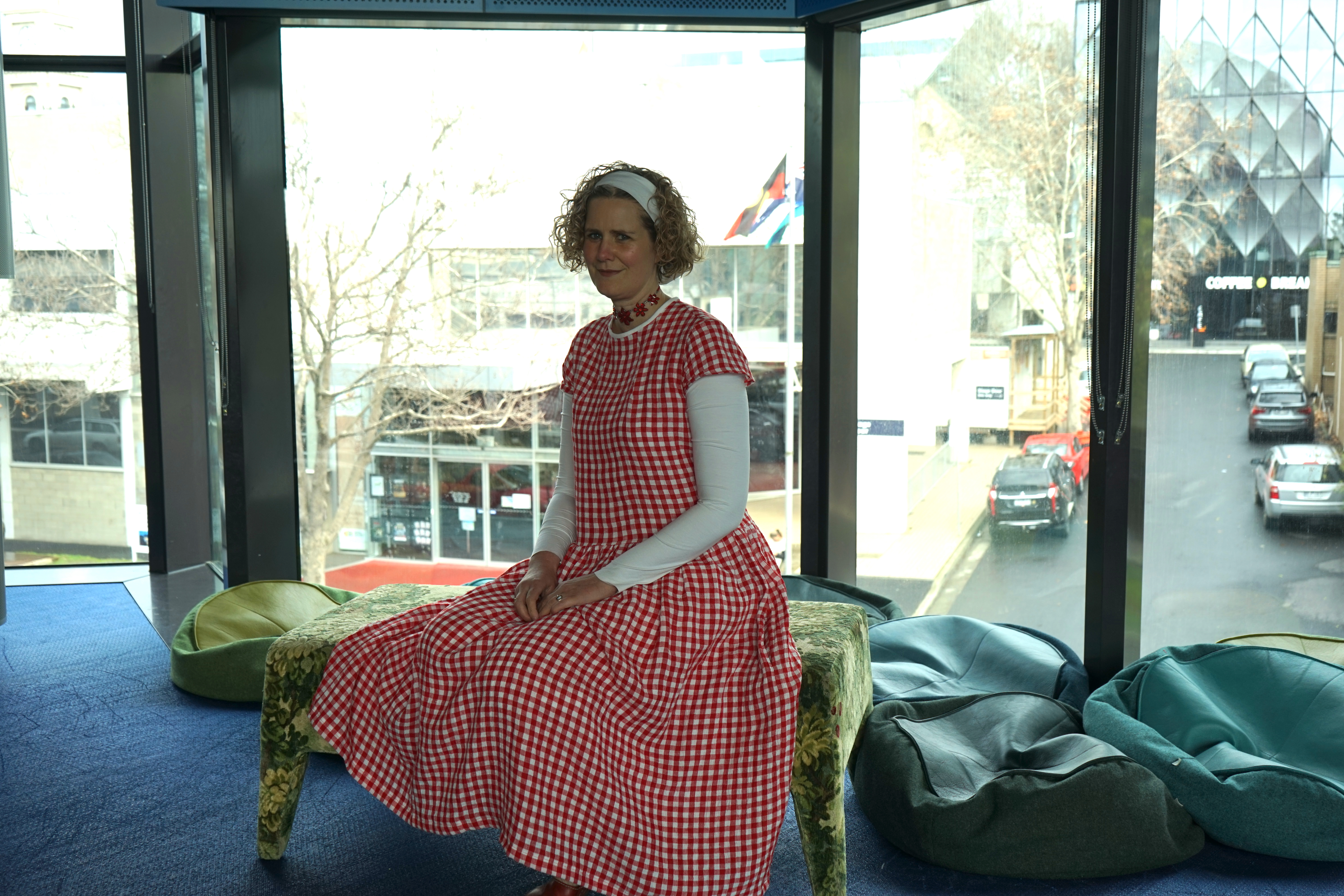
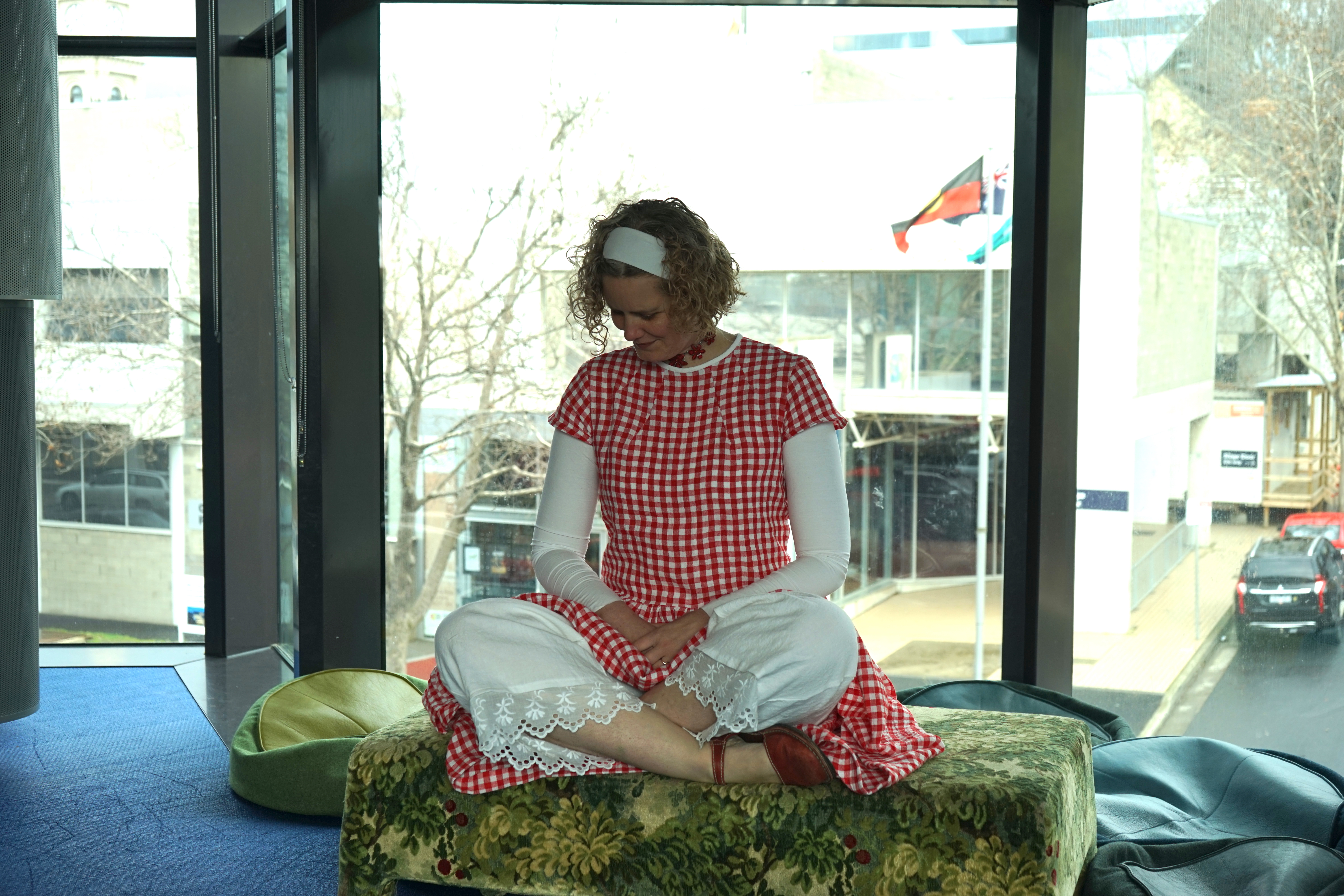


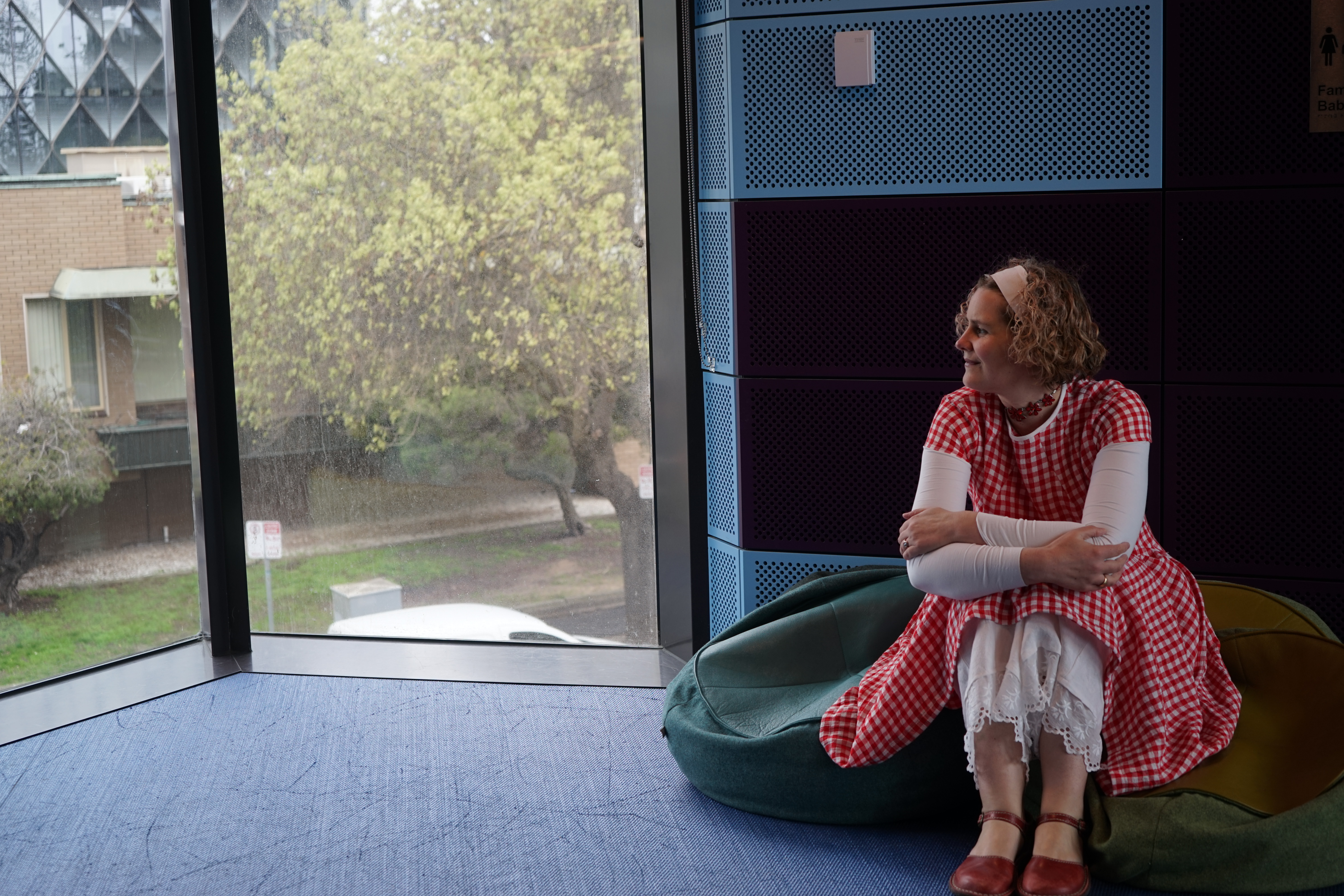 Curtsey.
Curtsey.
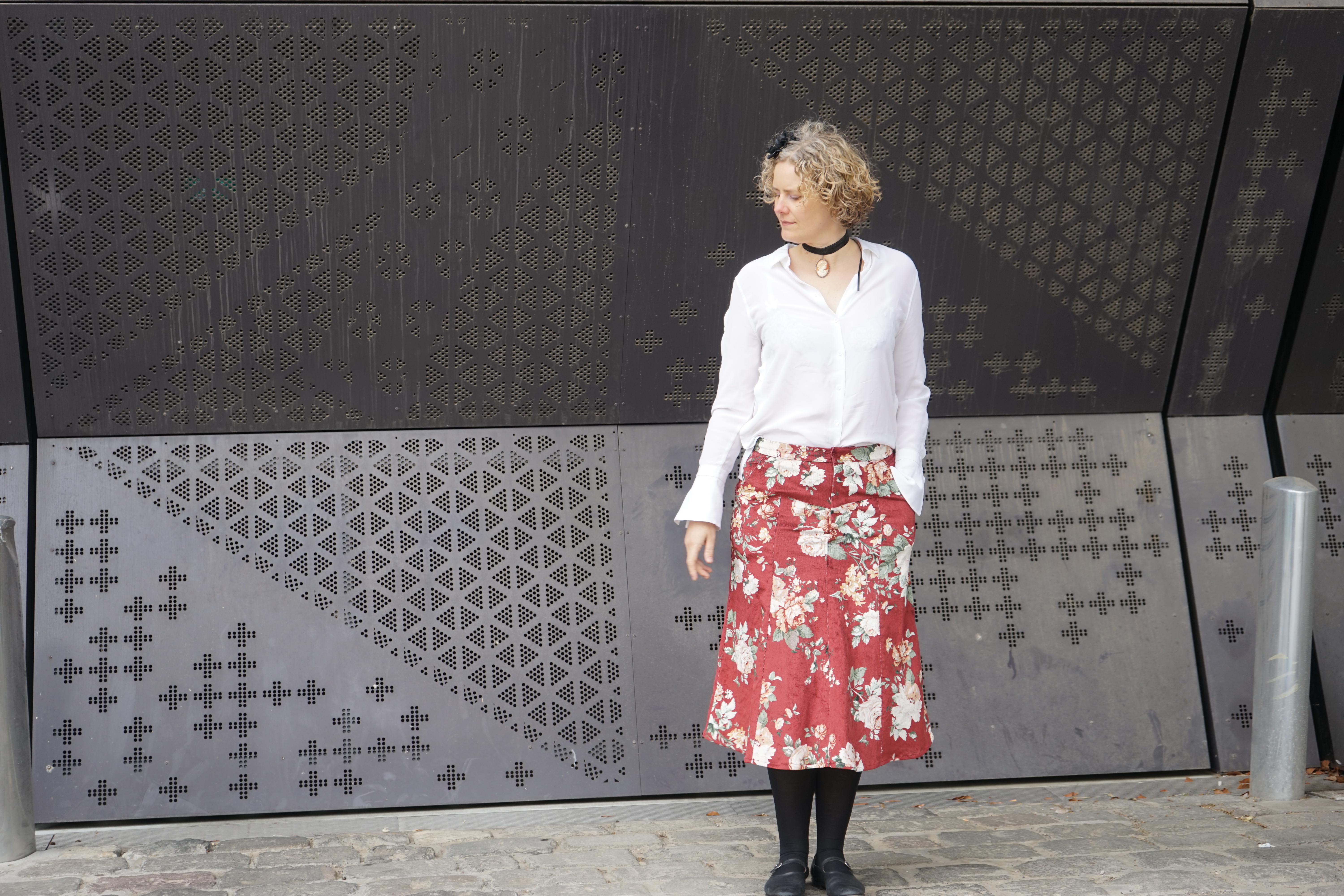





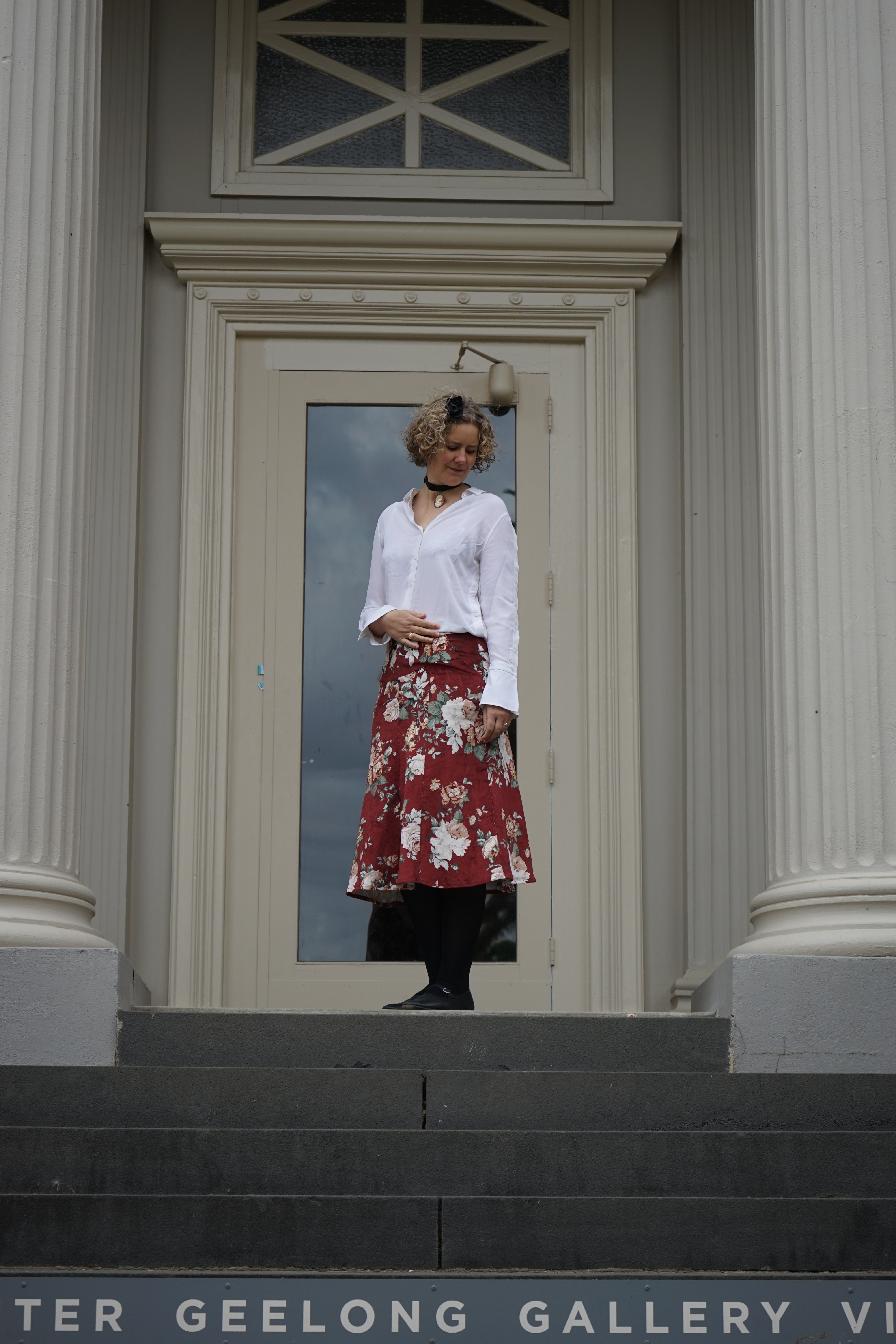


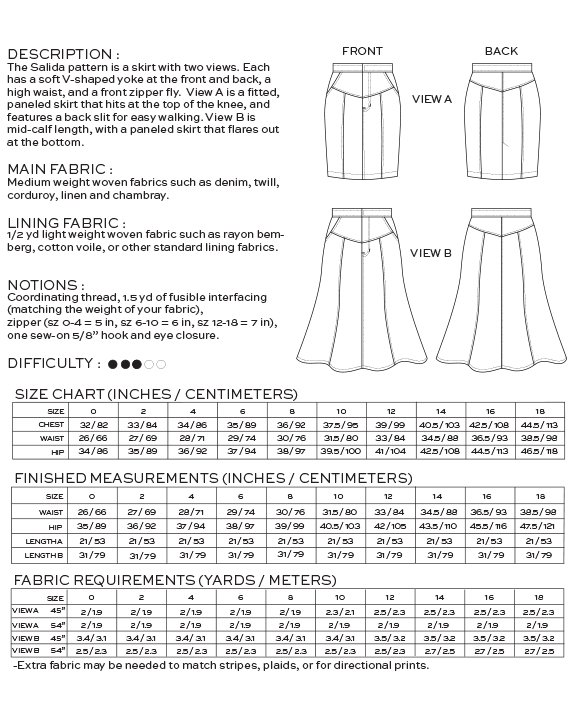
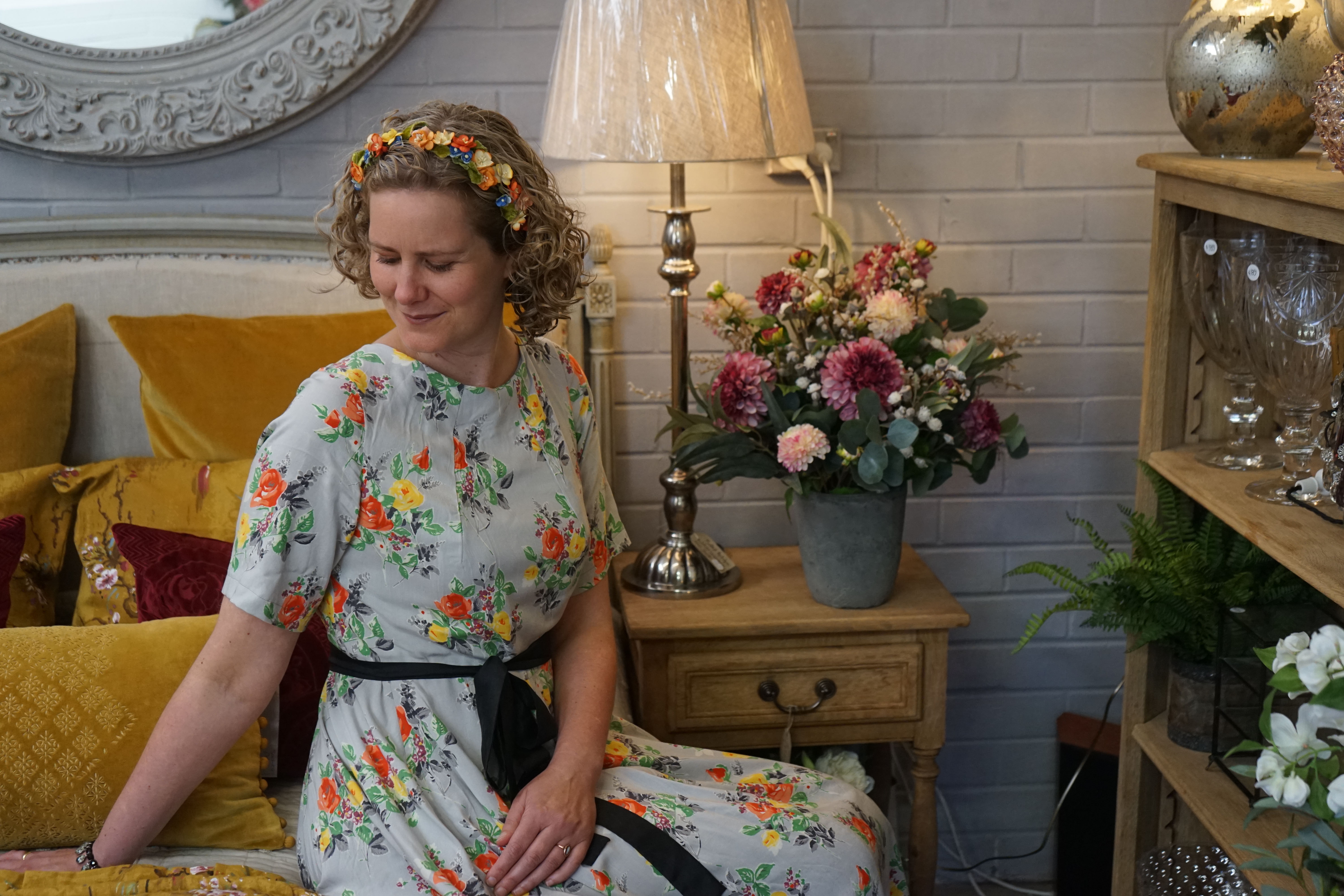 If you follow me on IG (
If you follow me on IG (
